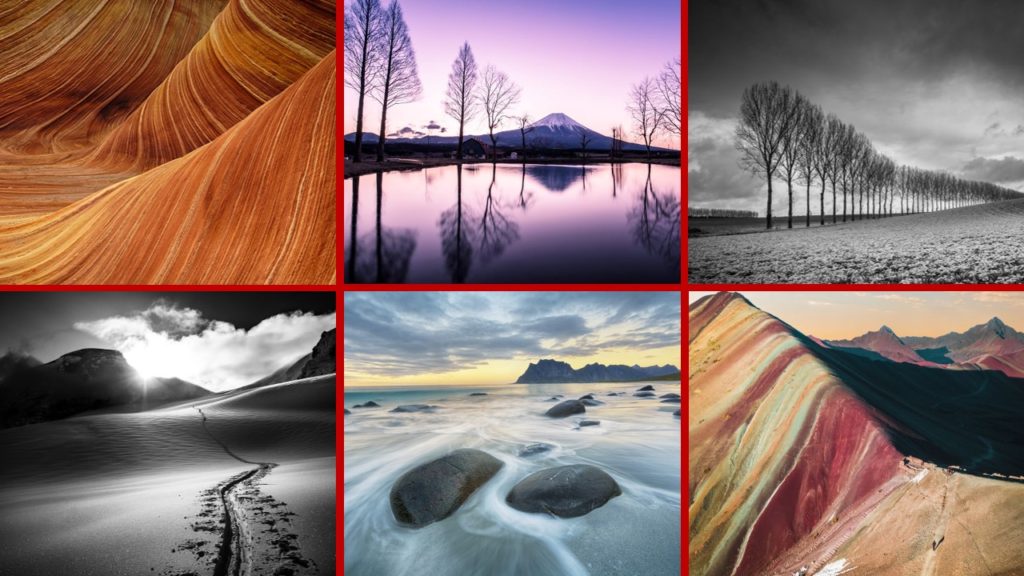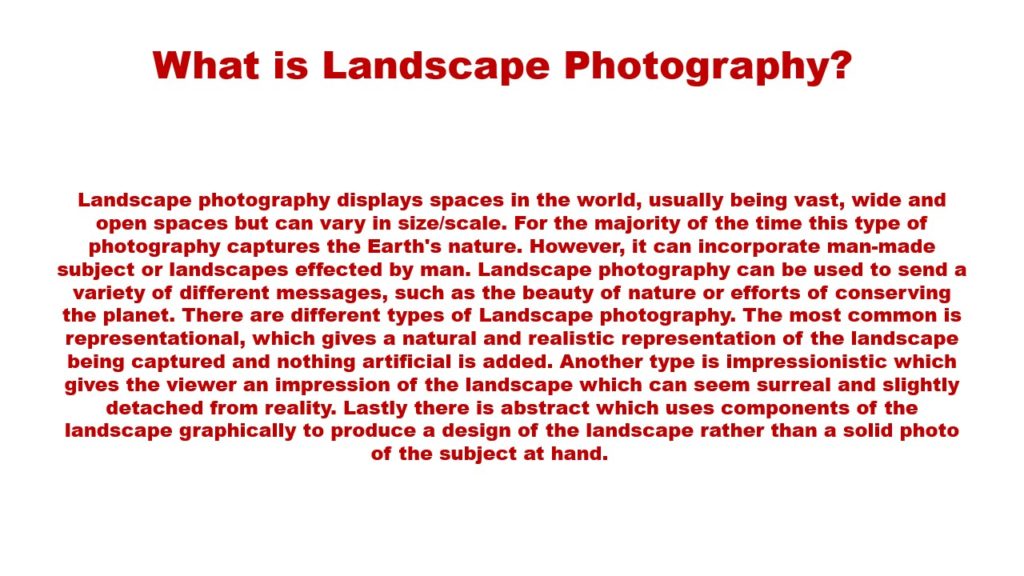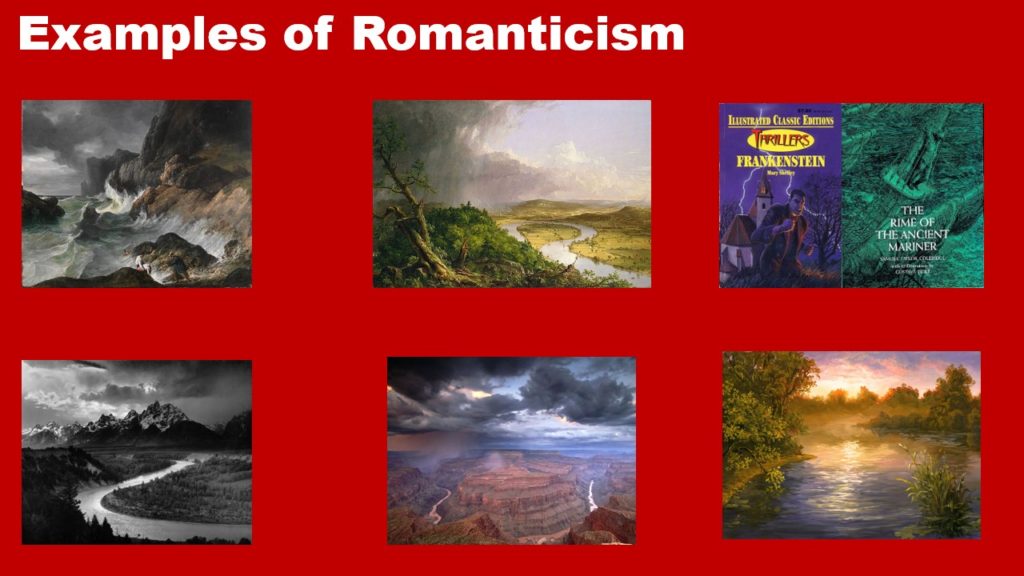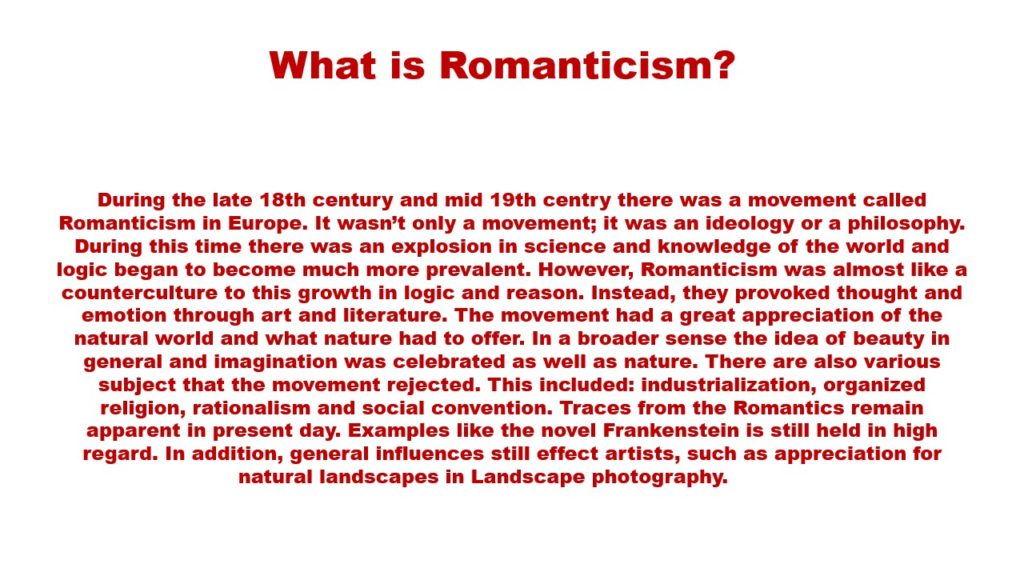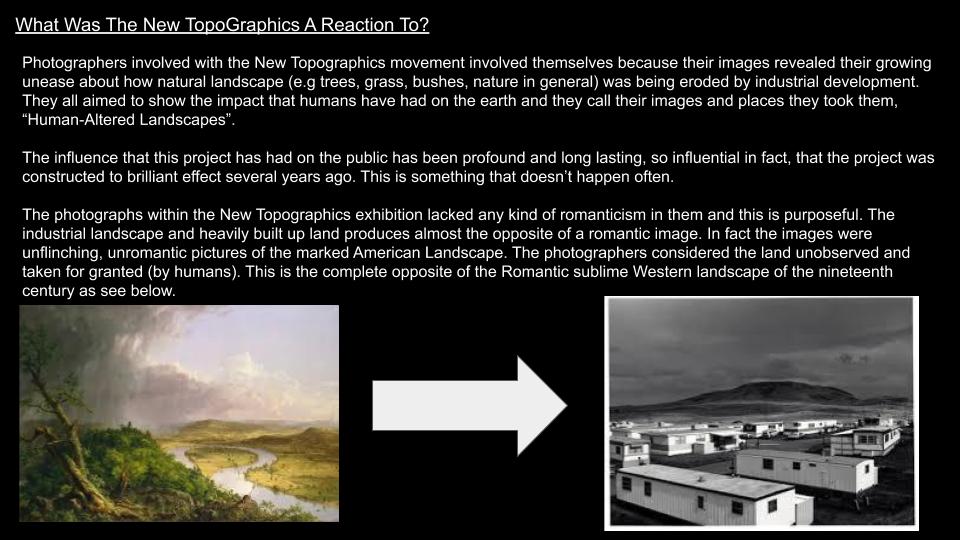



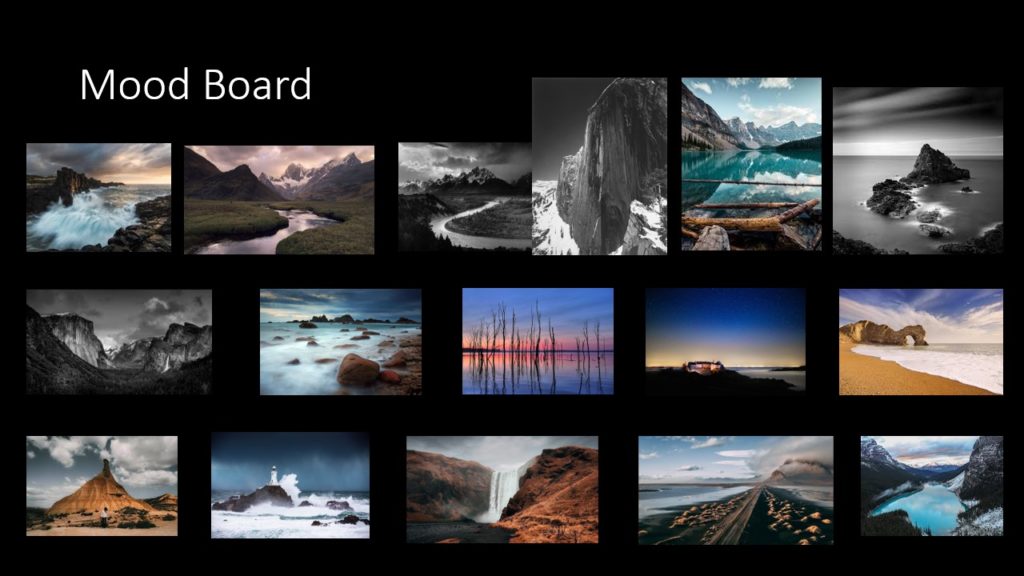
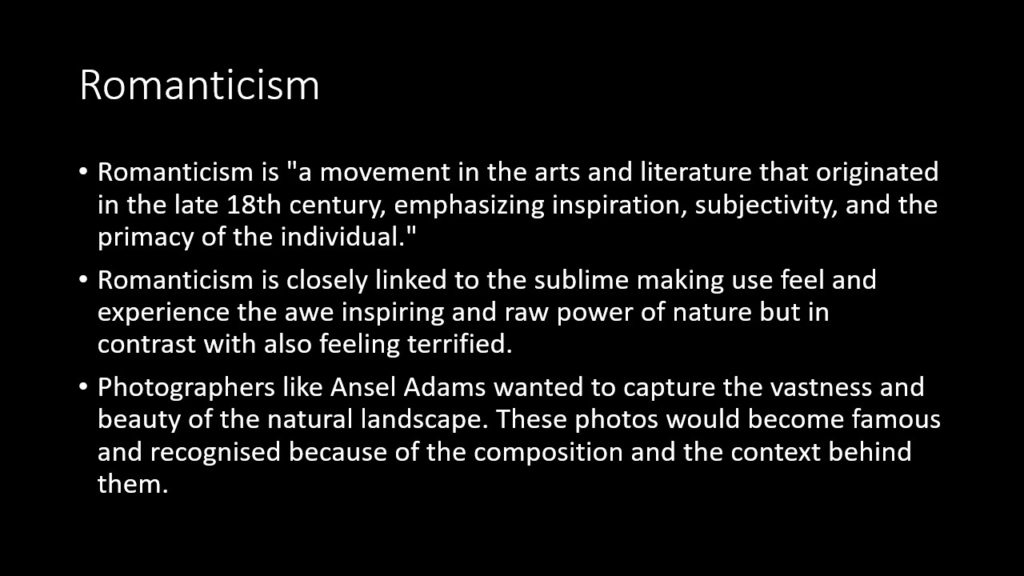
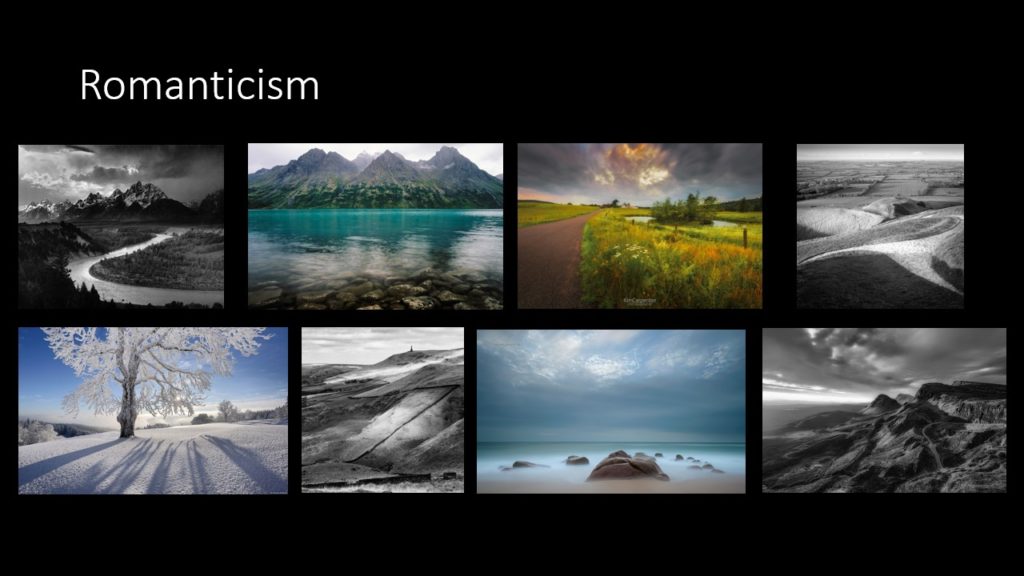

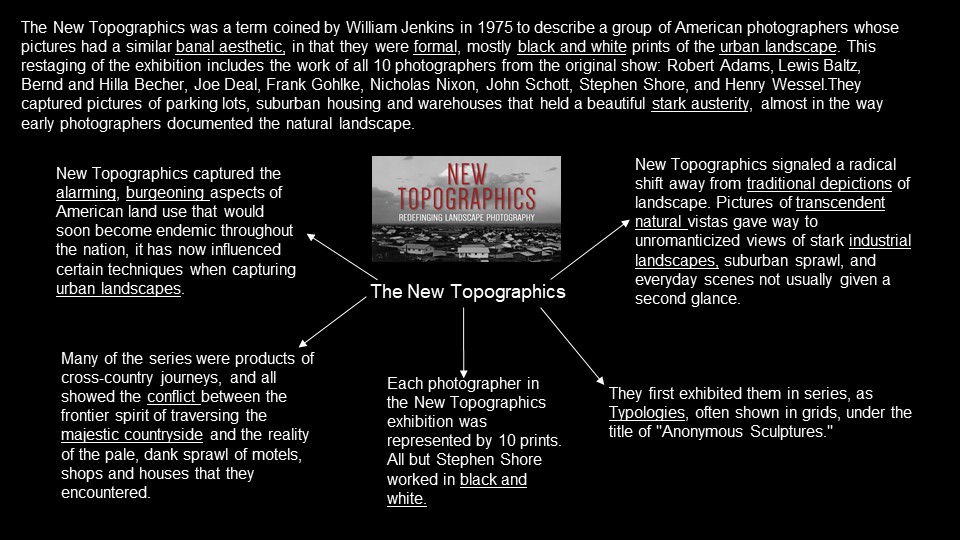
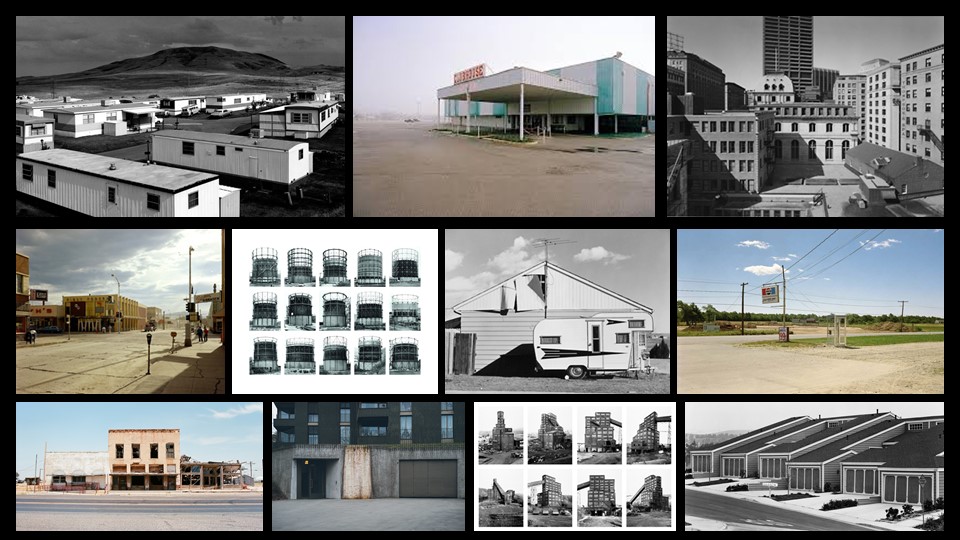
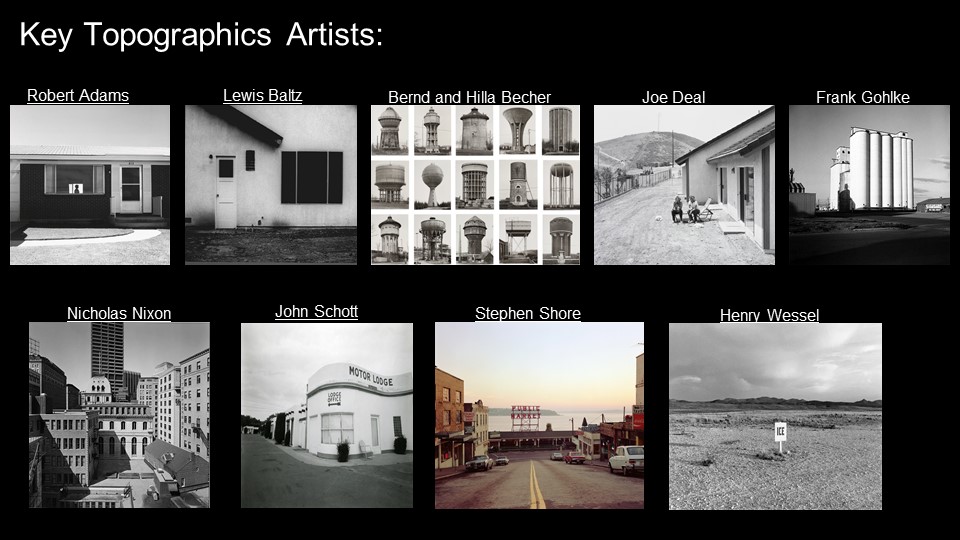
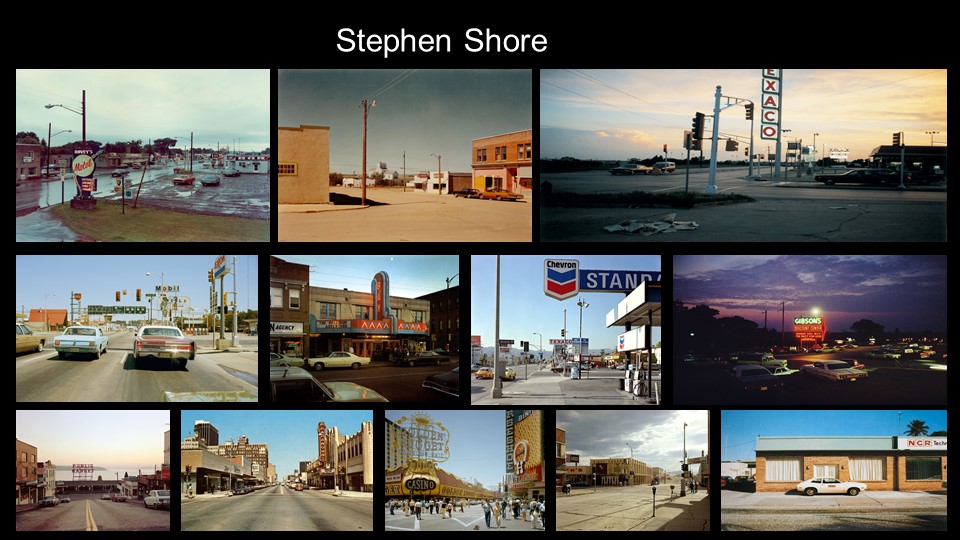
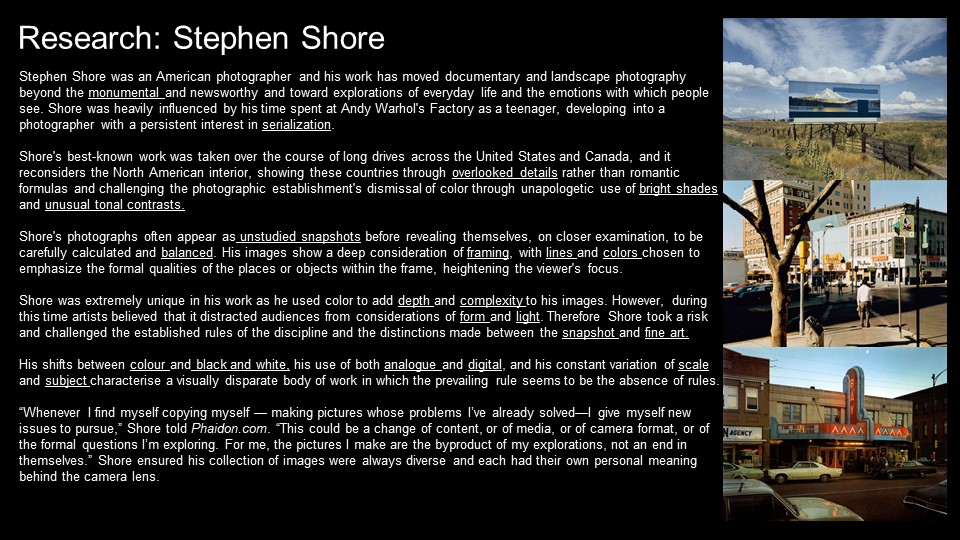
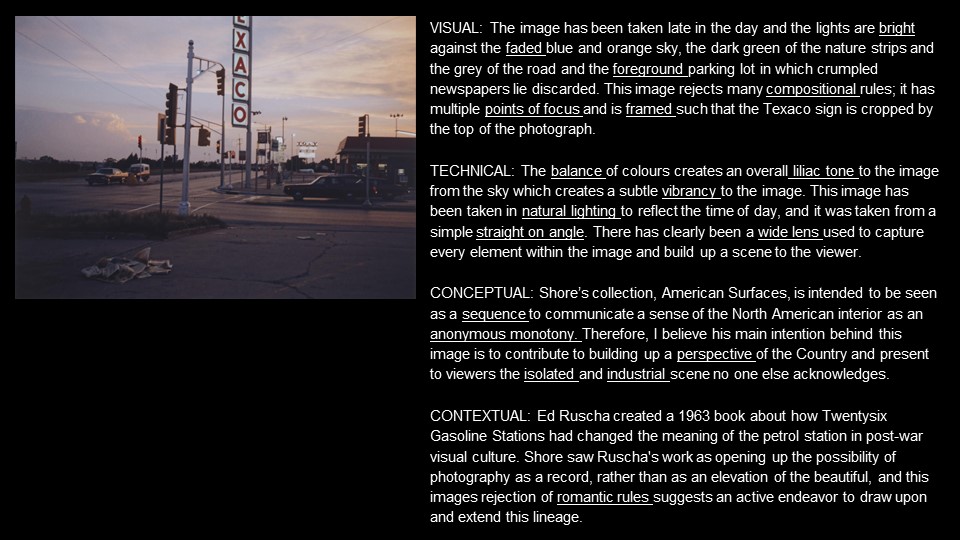
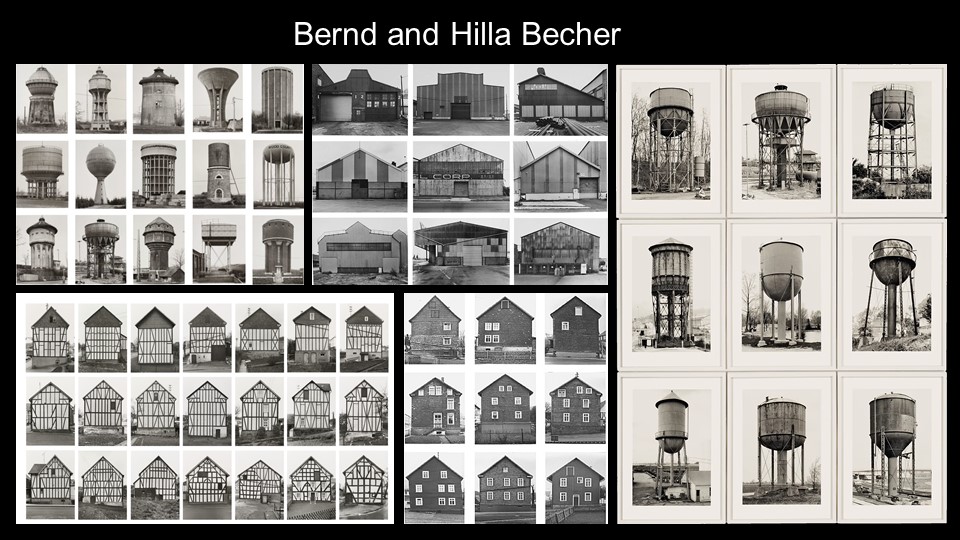
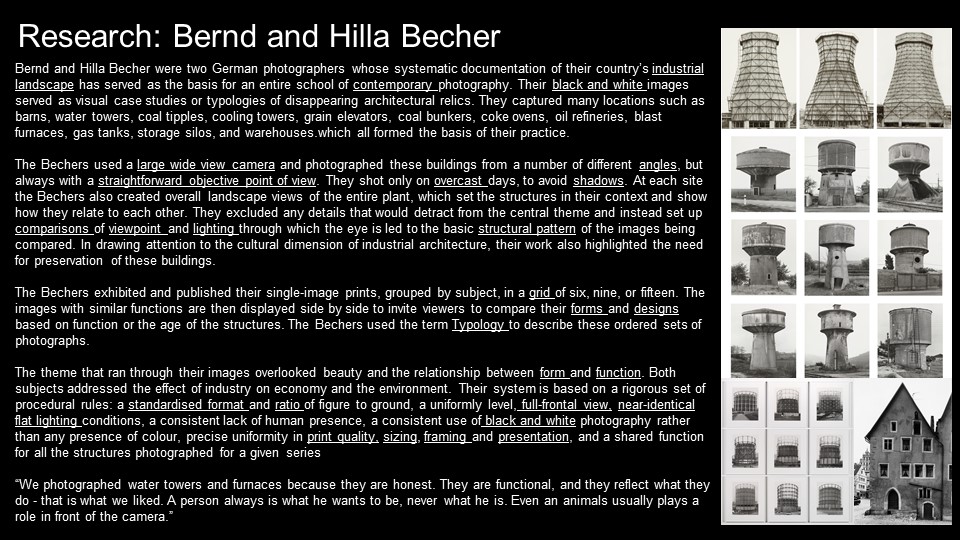
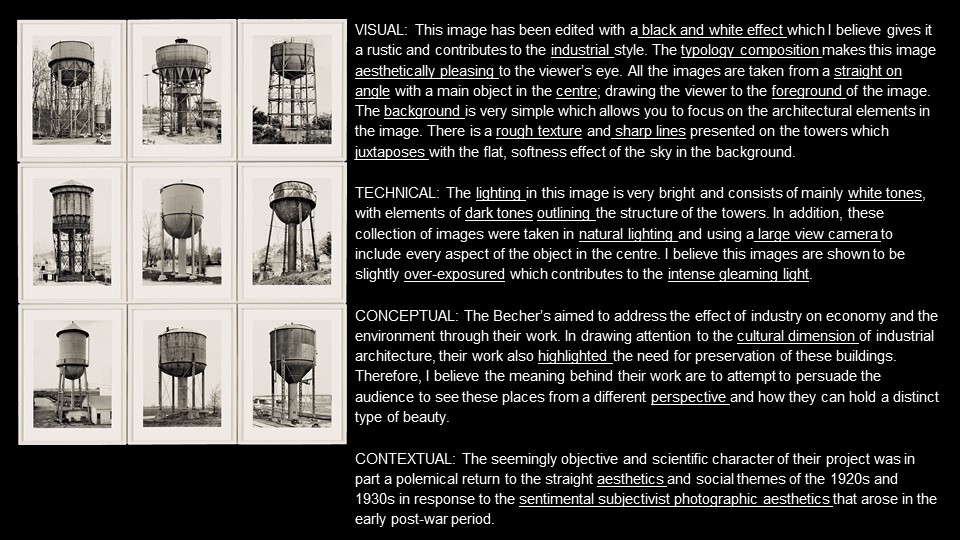
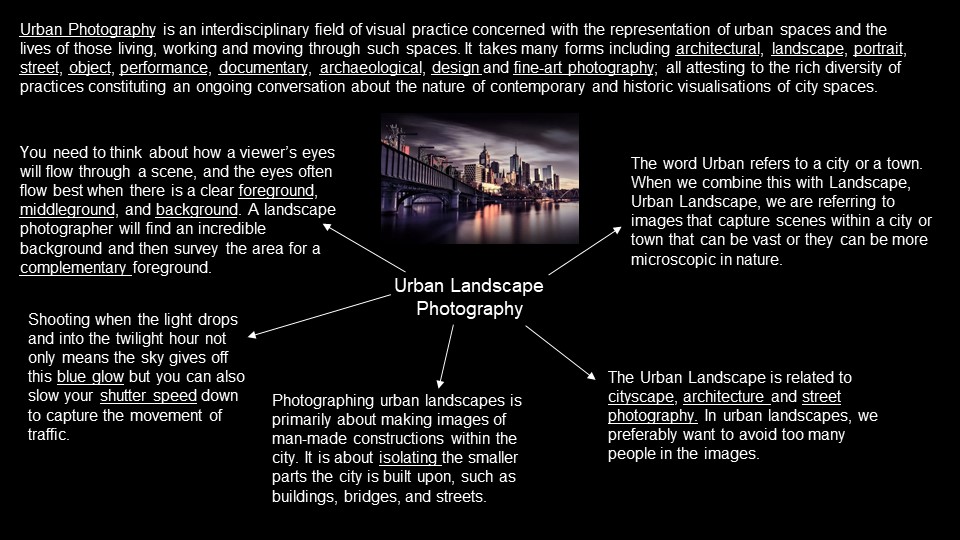
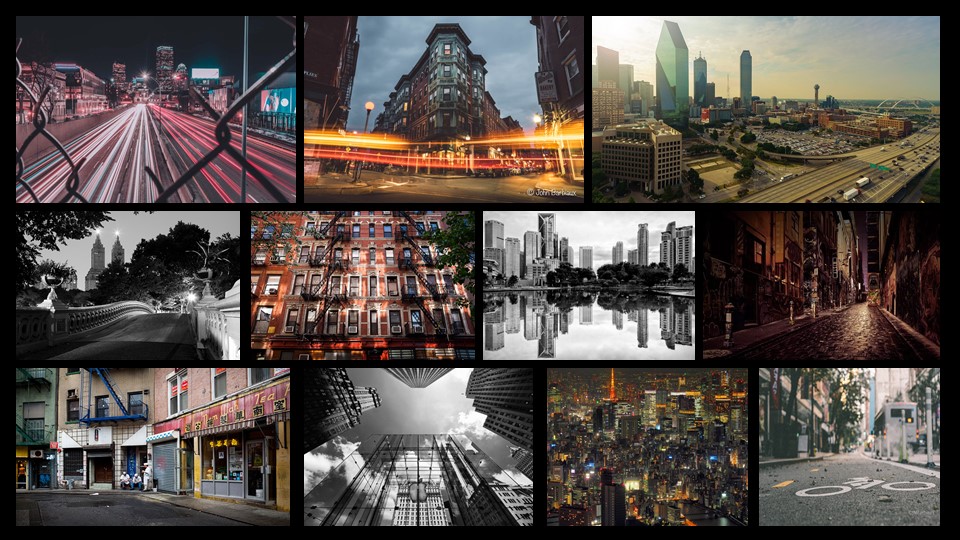
who and what do THE NEW TOPOGRAPHICS do?
THE NEW TOPOGRAPHICS was started by a group of 10 photographers, who are inspired by nature and how it is impacted by man and man-made structures. The group staged an exhibition of all their work which was inspired by the idea of man controlling nature. They have shifted away from the idea of romanticism and traditional landscape photography. They tend to capture everyday scenes, such as car parks and industrial spaces, which contrasts to the photograph MINOR WHITE takes.
the photographers part of THE NEW TOPOGRAPHICS
Robert Adams
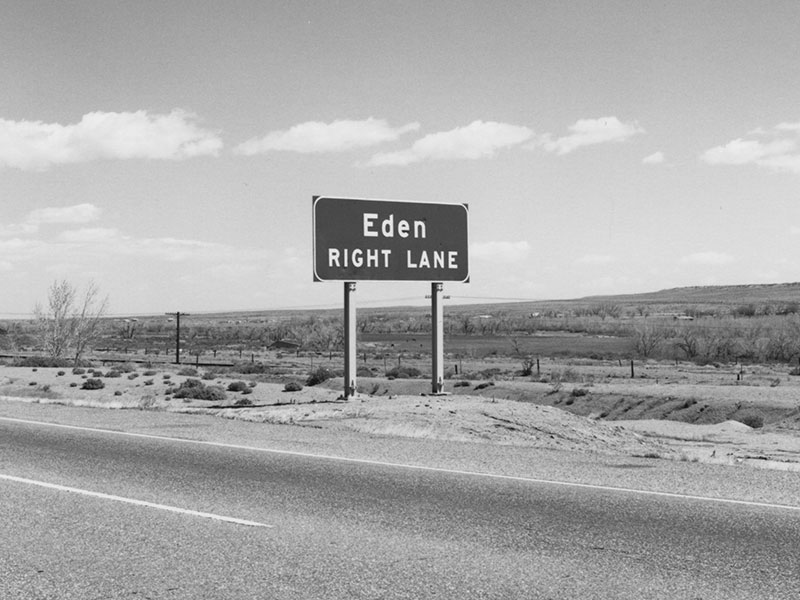
Lewis Baltz
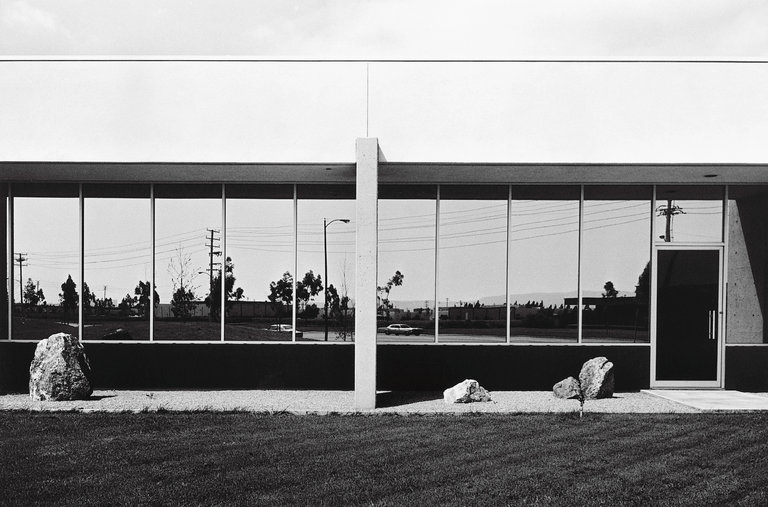
Bernd and Hilla Becher
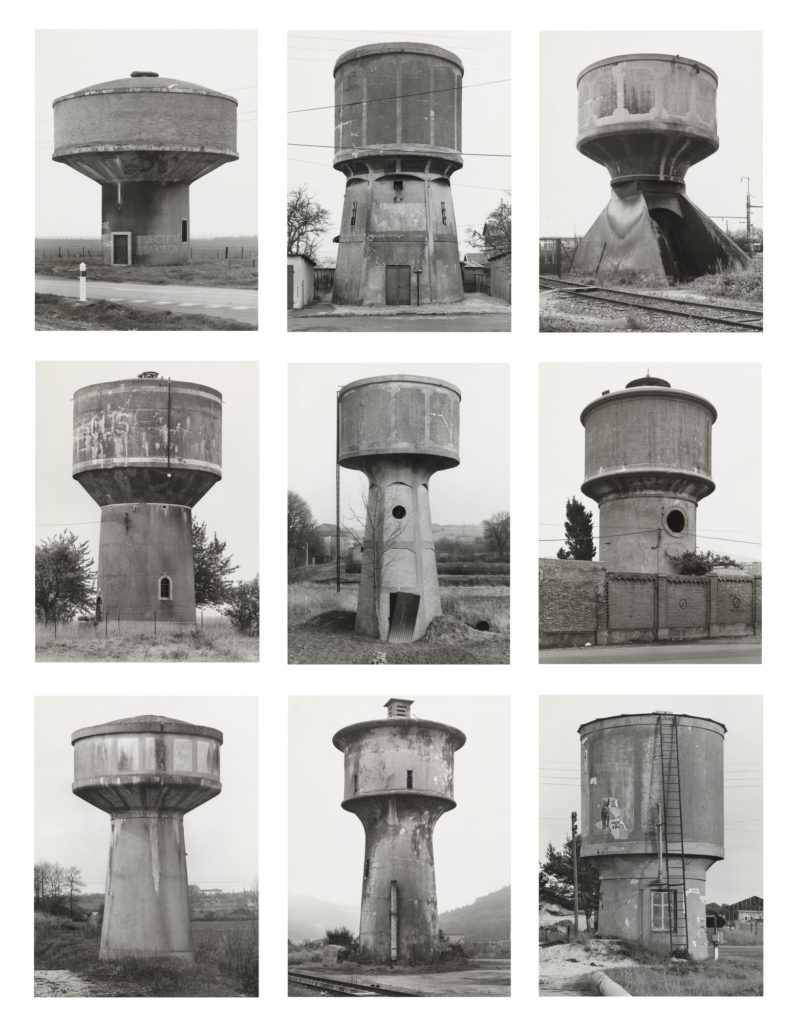
Joe Deal
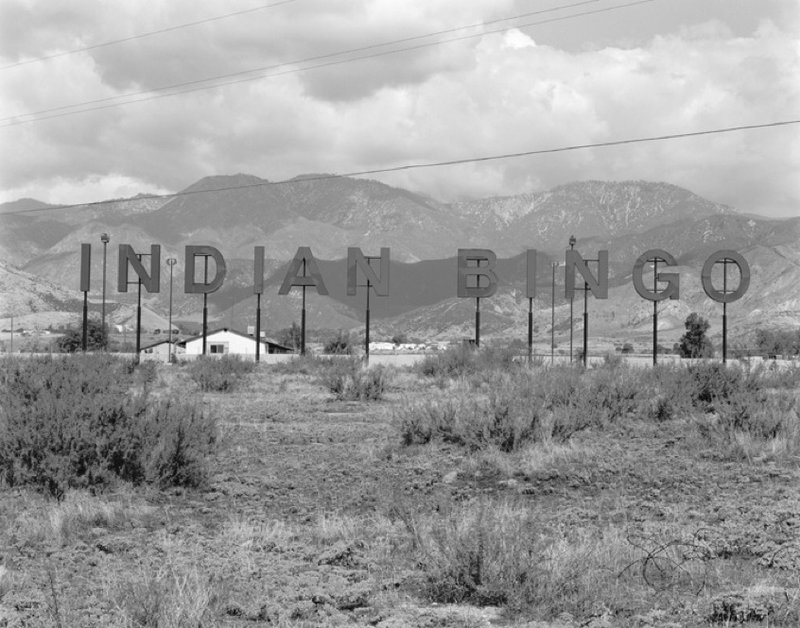
Frank Gohlke

Nicholas Nixon

John Schott
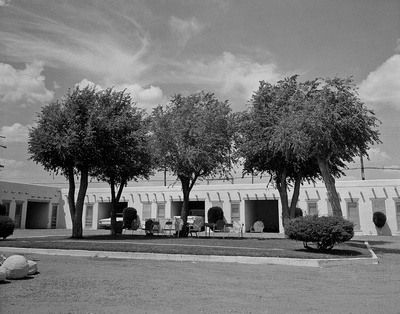
Stephen Shore
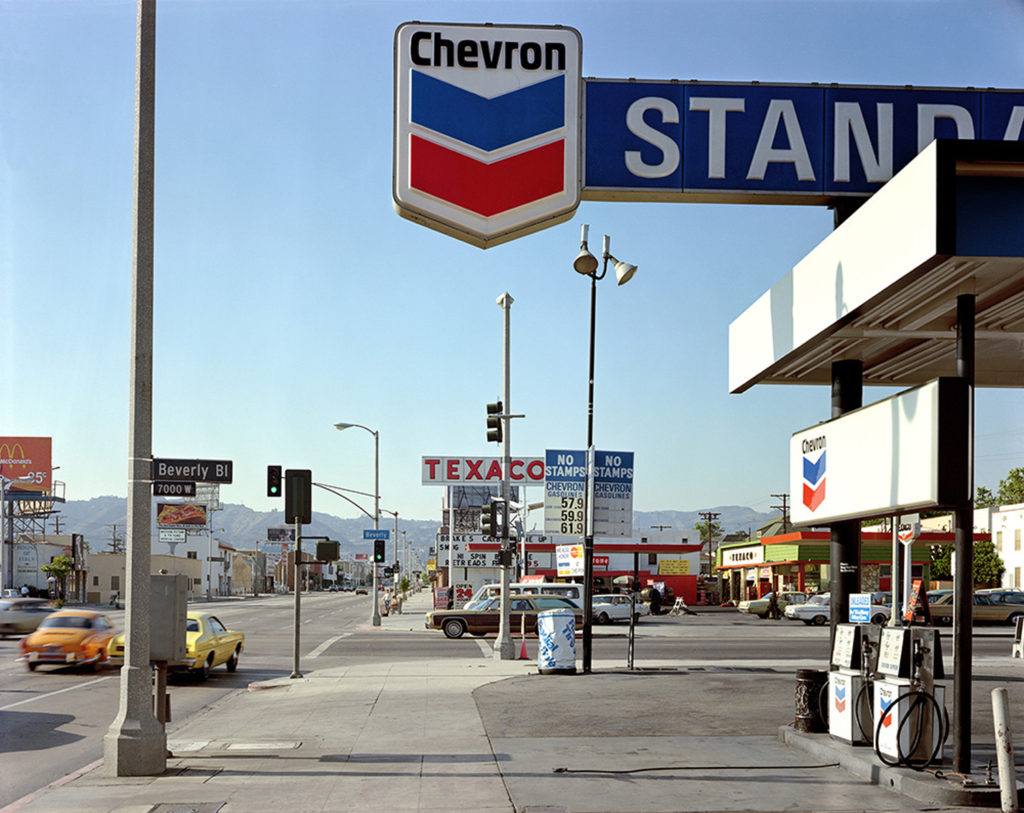
Henry Wessel
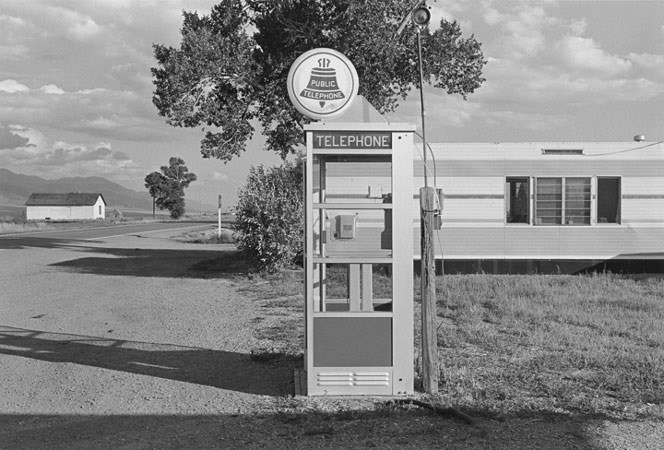
QUESTION: WHAT DID THE NEW TOPOGRAPHICS RESPOND TO?
They responded to how man made and industrial aspects have taken over the natural world.
who is MINOR WHITE and what does he do?
MINOR WHITE was born in America in 1908 and died in 1976. WHITE was a photographer, who took black and white photographs of, landscapes, people and abstract objects. When he died he was hailed as Americas greatest photographer. During WW2, WHITE served in the US army. After the war he moved to New York. Many times WHITE wrote a piece of text, to go together with his photograph, which he hoped would influence the emotions and mood of the viewer. In 1946, he moved to San Francisco, and worked closely with ANSEL ADAMS, and was inspired by his idea of visulisation. In 1952, WHITE moved back to New York and became the editor of the magazine ‘Aperture’. He then became a teacher in 1965.
my favourite pieces from MINOR WHITE
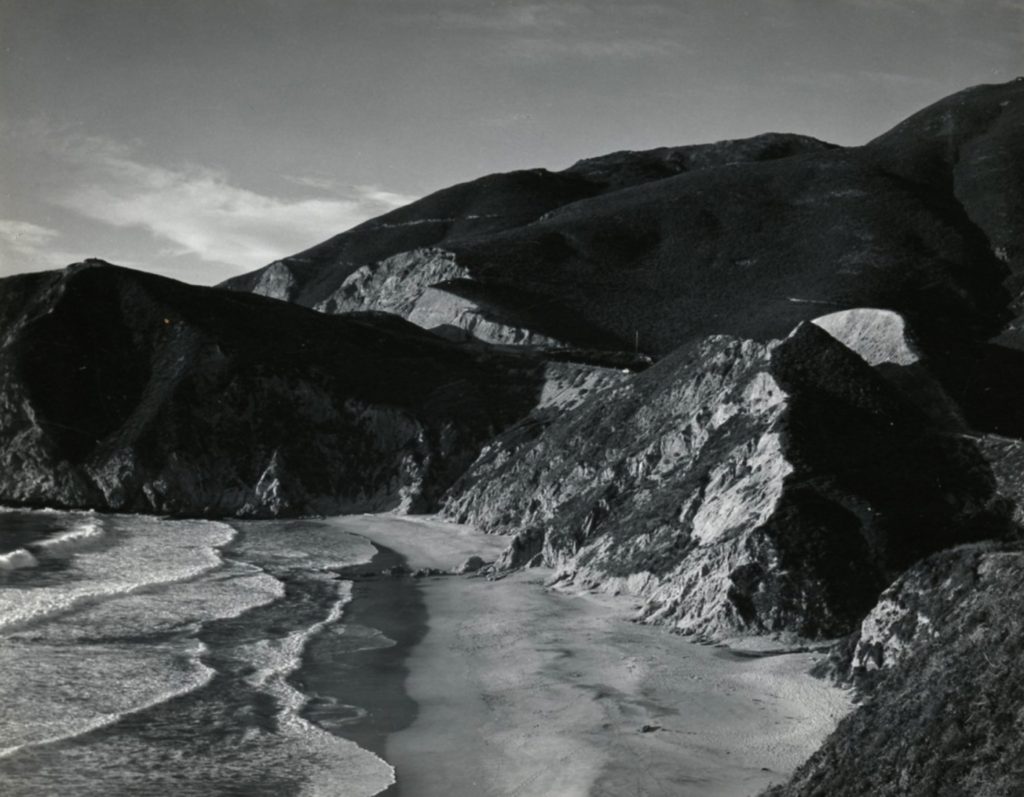
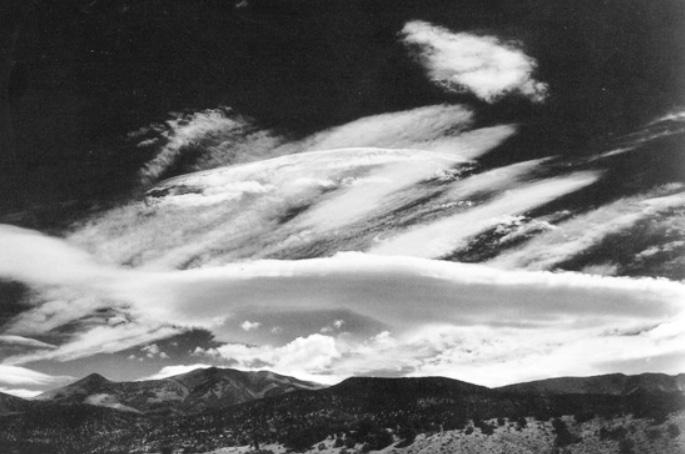

I chose these as my favourite, because I like how the contrast of the photos. Each photo have interest and parts that I enjoy. MINOR WHITE has captured things I like to take photos of, which has really inspired me to go out and take photos similar to his, and use his style when I take pictures.
analysis of MINOR WHITES piece
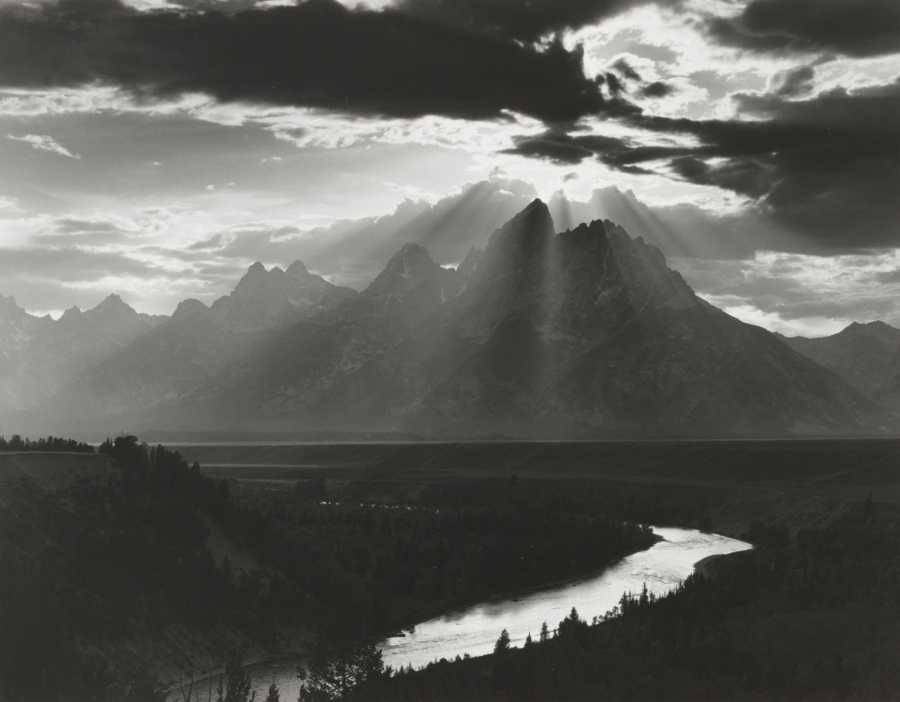
technical
The lighting MINOR WHITE has used is natural, as he has taken the photo outside and has used no other artificial lighting. In this photo, the lighting is very intense in the top half, where the sunlight is peaking through the clouds. This particular light enhances the photograph and helps increase the contrast. MINOR WHITES photograph has, very dark darks and very bright lights, which is very enjoyable for the eye.
visual
This particular photo is captured in black and white, and allows for there to be intense darks and lights and therefore a strong contrast. In the distance, you can see the mountains which have a craggy and detailed texture, which also adds interest for the viewer. The light from above allows this texture to be seen. MINOR WHITE has composed this photo well, as he has got a foreground and background, which alludes to a 3D photo. WHITE has used the composition style called ‘leading lines’, which is seen in the river that leads the eye round the photo and towards the mountains and the light from above.
contextual
This photo contextually links to the time in which it was taken, in the sense that WHITE was inspired by nature and how beautiful it is, which contrasts with the time of the industrial revolution. This period of time was particularly important, as it was the time where nature was changed and industrial building were built, which changed landscapes.
conceptual
MINOR WHITE clearly wanted to capture a romanticised landscape that embodied the beauty and awe-inspiring sense of nature. The way WHITE has captured the photograph in black and white also links to the romantised landscapes too.
WHO
I will be taking the photos, however with no human focal point, or any human make infrastructures, since landscape photography uses primarily nature only.
WHAT
My photoshoot will focus on trees and Forrests, also consisting of marshes and lakes, as oppose to my last photoshoot in Jersey, Plemont where I took photographs off the headland and cliffs and the coast. As it is Autumn the leaves and colour of the trees should give my photos character.
WHERE
My photoshoot will take place within the Polish forests surrounding the town of Klonowo. I will be walking through the forest entering a very isolated and rural area, barely touched by humans, accept for the occasional road.
WHEN
I will take this photoshoot on the 27th October, during the morning, between 7am and 11:30am, the weather seems to look clear so the sunrise will provide beautiful natural lighting.
WHY
I have chosen this time as it will give my photos more variety of colour as the light will reflect off the leaves and trees. I have chosen this time period being Autumn as there may be some sun in the morning, altering the colour of objects in my photos. I also enjoy this location as its reflects a ver natural landscape and the are is very isolates, further having minimal human influences
HOW
Due to the constant moving around that I will be doing during the photoshoot, in order to complete walking through the forest, my photos may become blurred and I will be taking photos while walking (not using a tripod). To prevent blurred and unfocused images, I will change the camera settings, to a hight ISO of 1600, a fast shutter speed of 1/320 and an aperture of f/14. This will also make sure that any wind moving the leaves and trees, which will blur the focus, is minimised and photos will be taken quicker.
INSPIRATION:
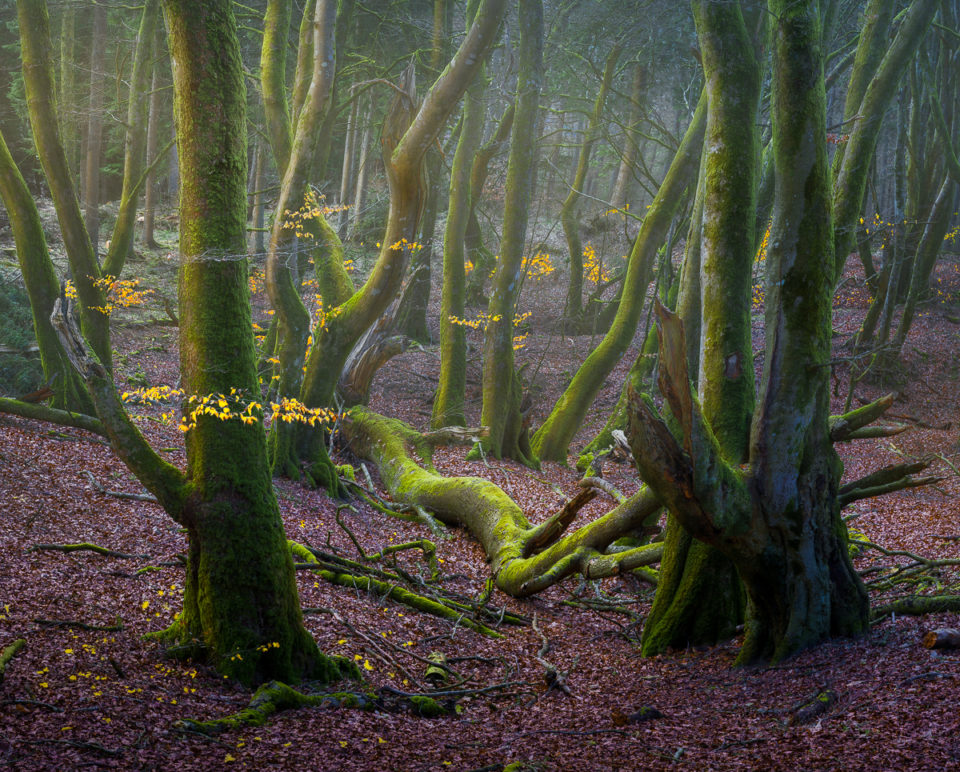
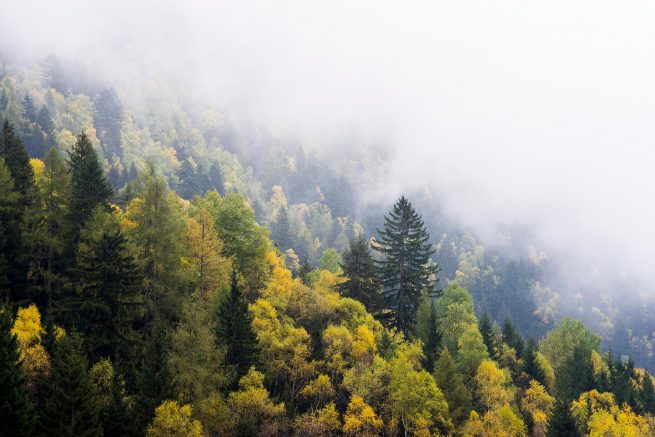
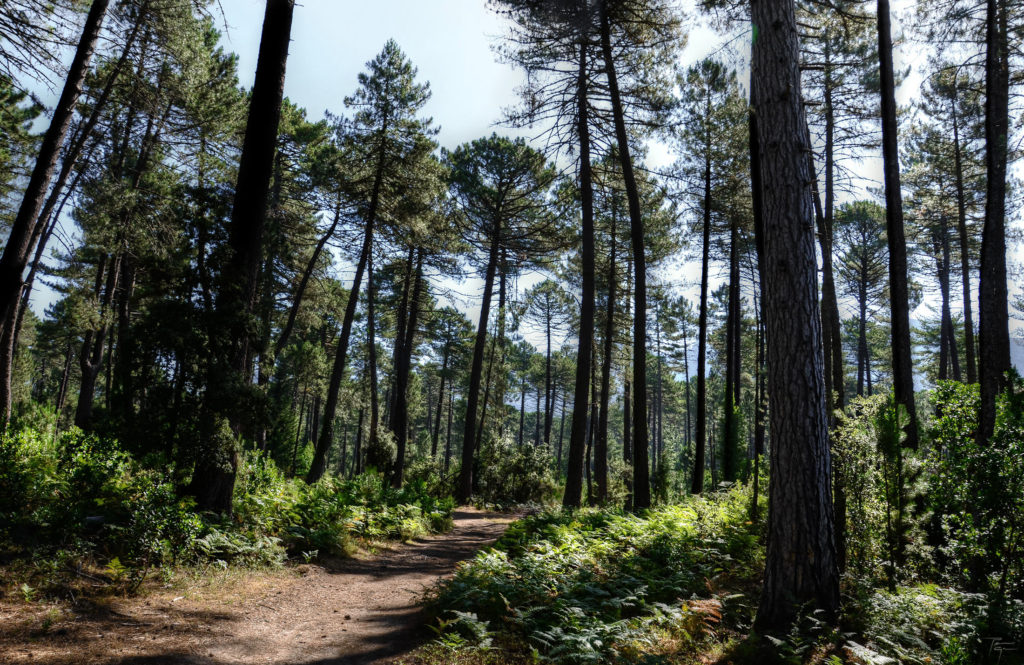
Mood-board –
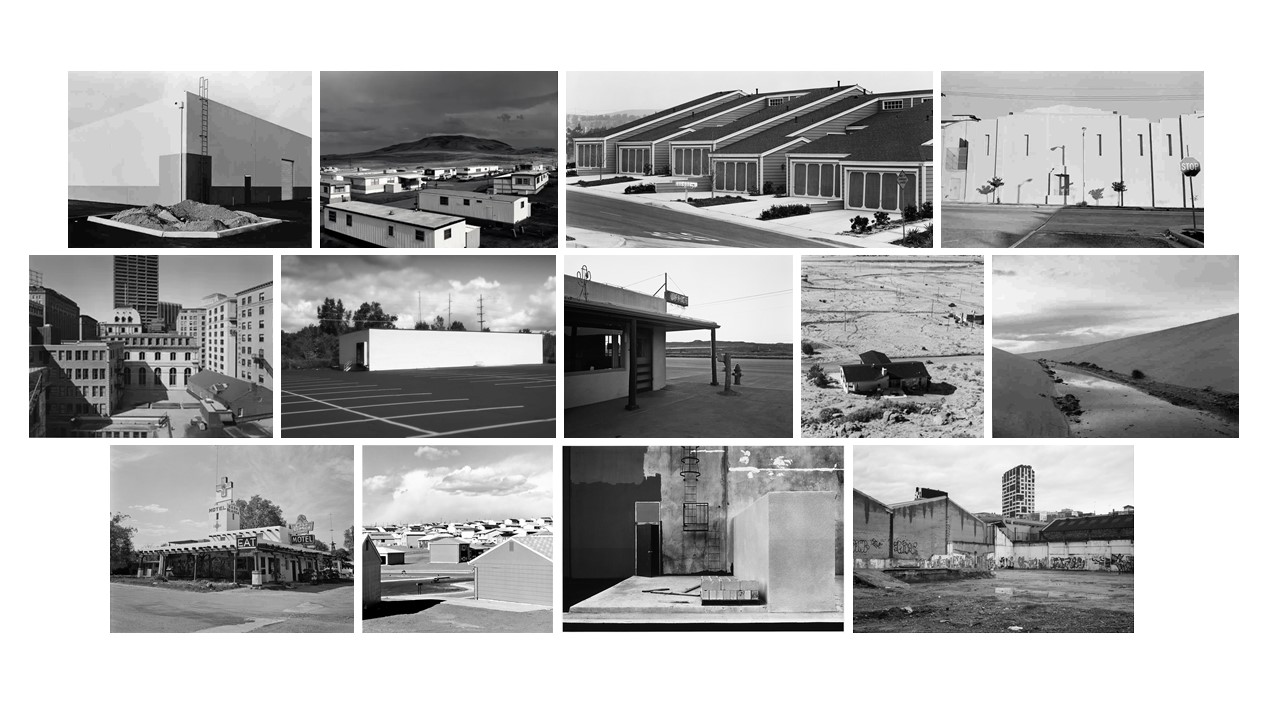
Urban Landscape Research –
Taking influence from multiple photographic genres, Urban lanscape photography could be defined as a romanticised mix of architectural and street photography. Unlike many other forms of photography, people shouldn’t be used as the subject of an urban landscape photo as it fraws the attention away from the main focus. However, people, as they are an integral part of society, can serve as a story telling tool for the images.
‘Urban’ refers to citys or towns. Therfore ‘Urban Landscape’ can be referred to as a combination of new and old – citys (buildings) and nature in order to convey multiple messages.

Artist Research –

Photoshoot 1 – St Ouens
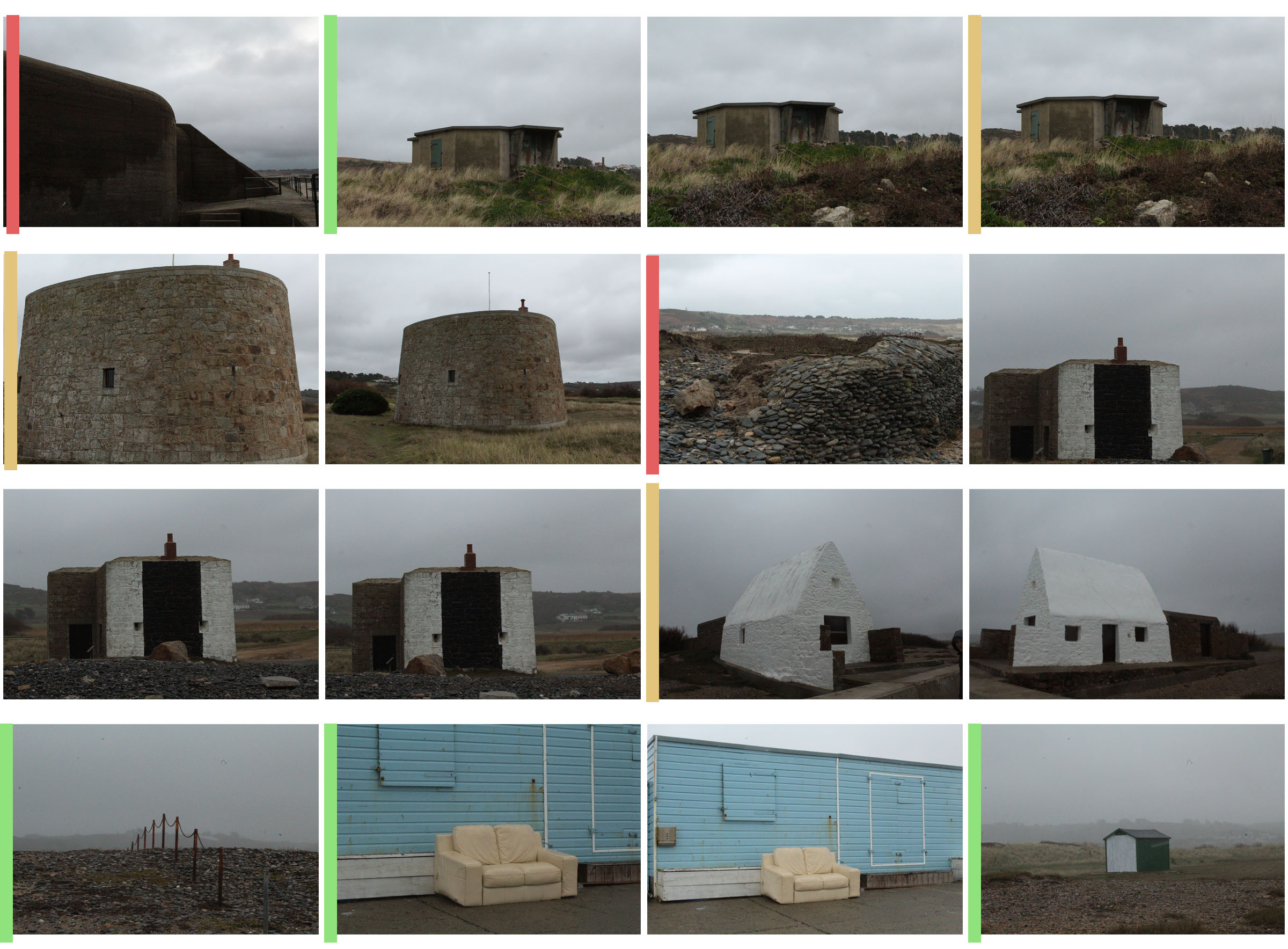
Photoshoot 2 – Havre Des Pas
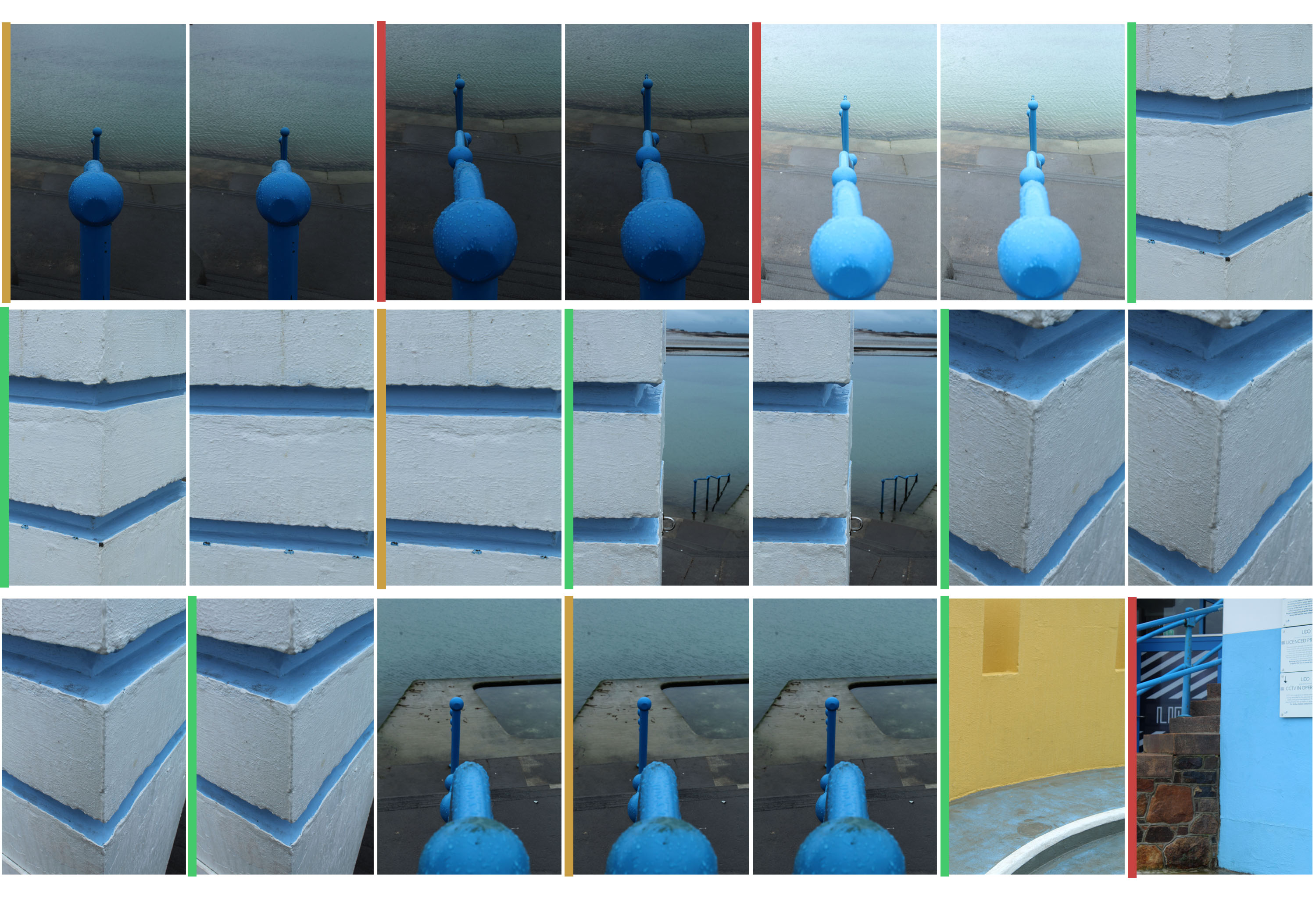
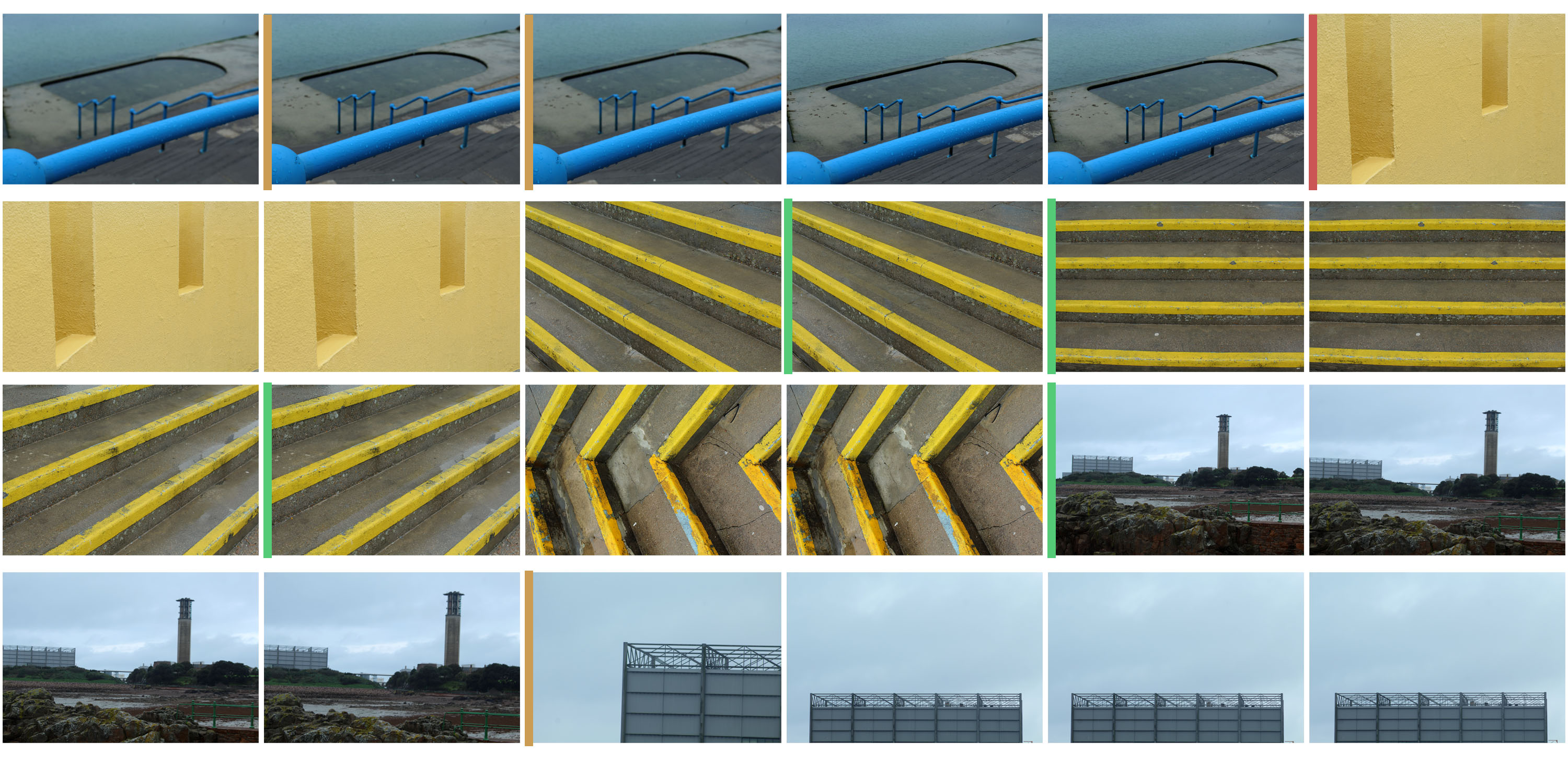
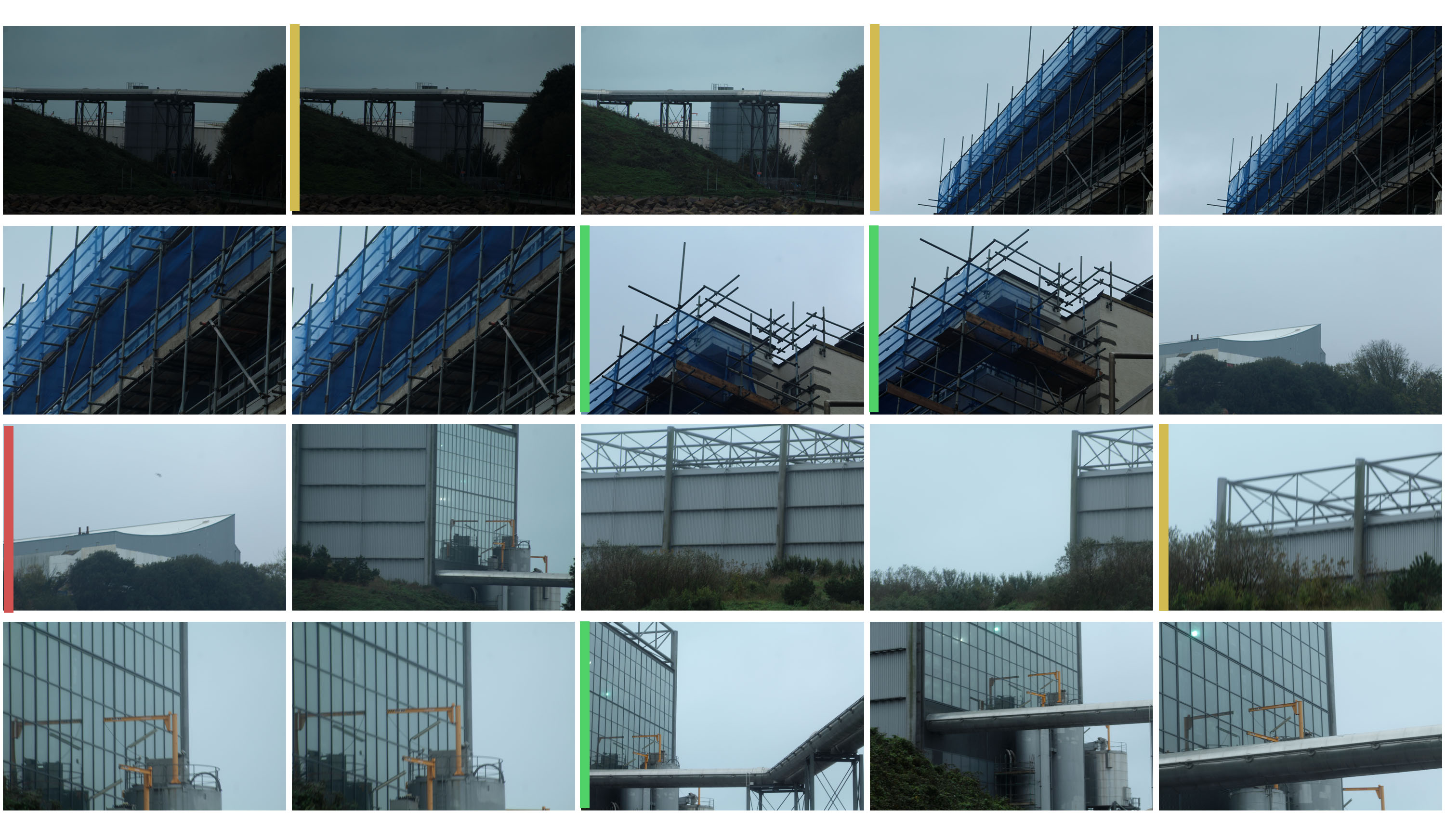
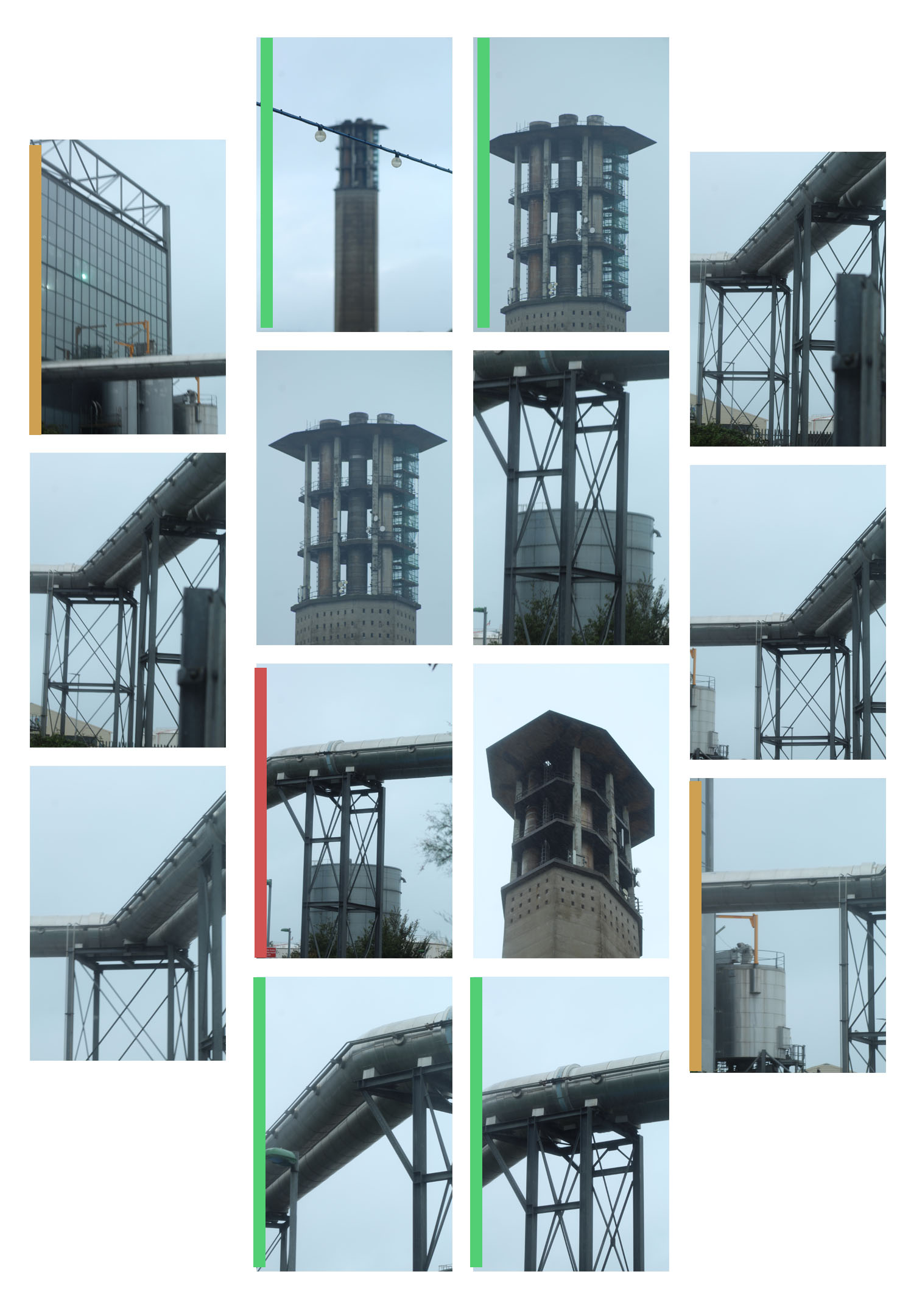
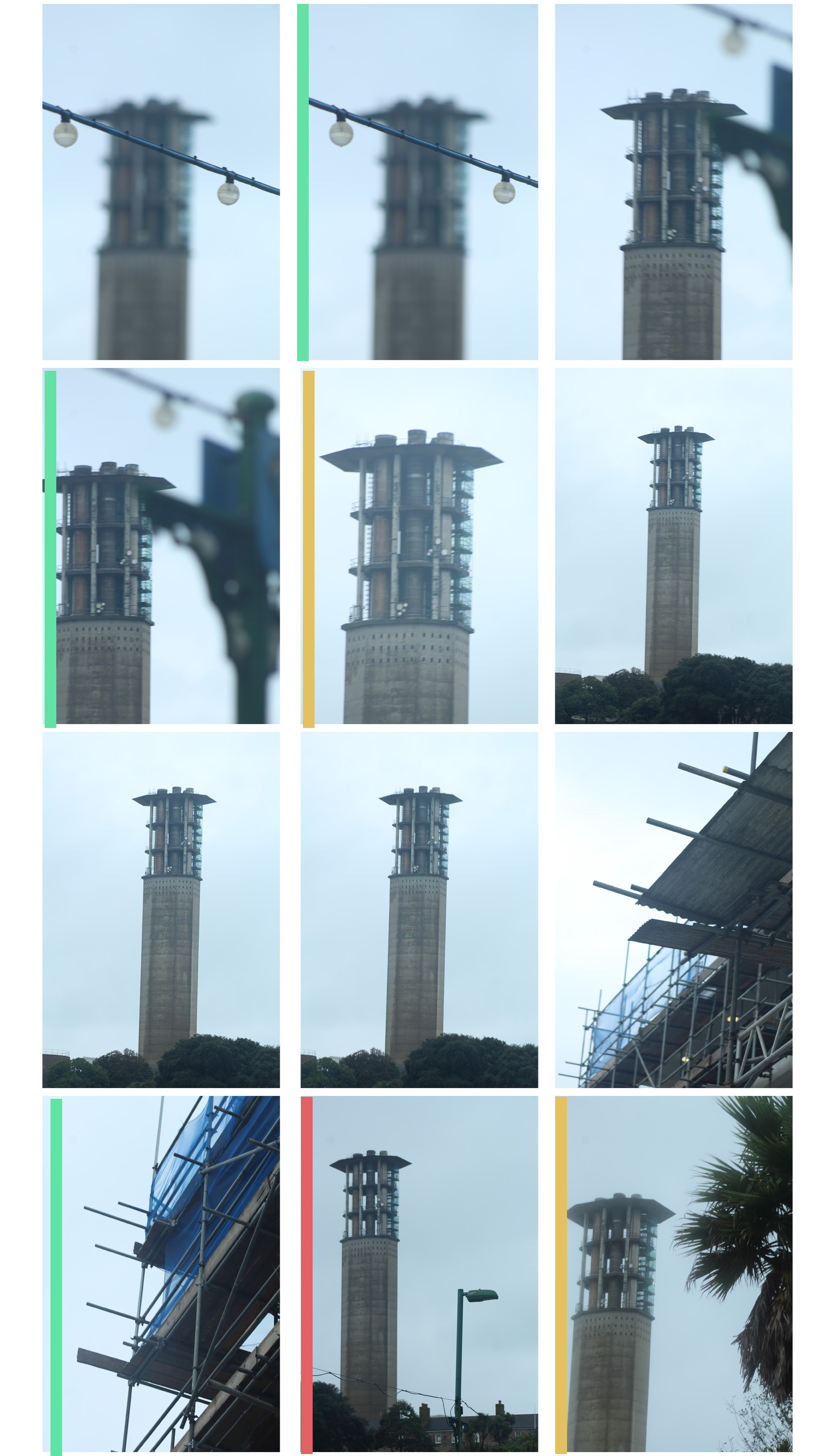
Urban Topography Photoshoot –
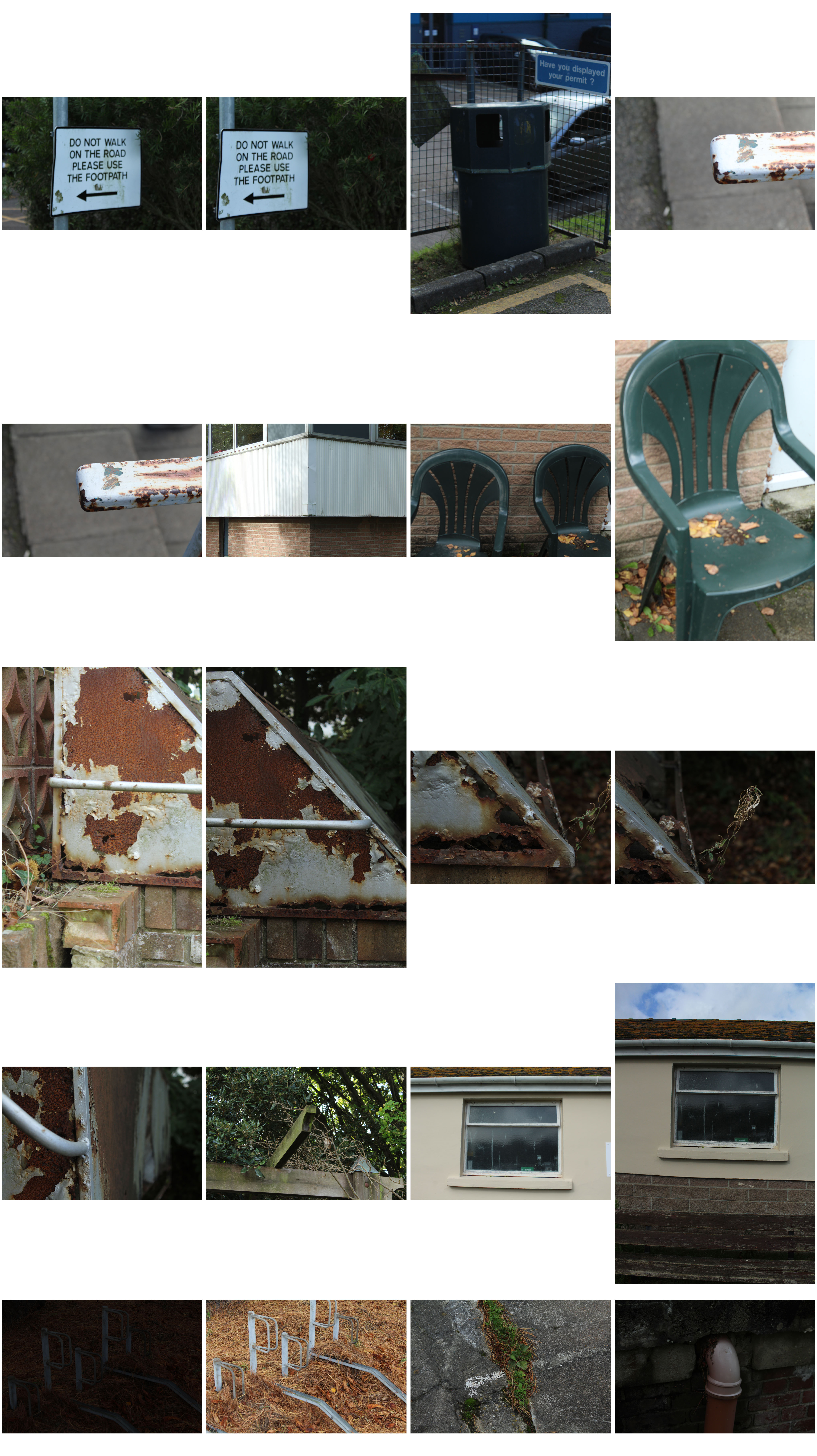
Photoshop – Inspired by Bernd and Hilla Becher
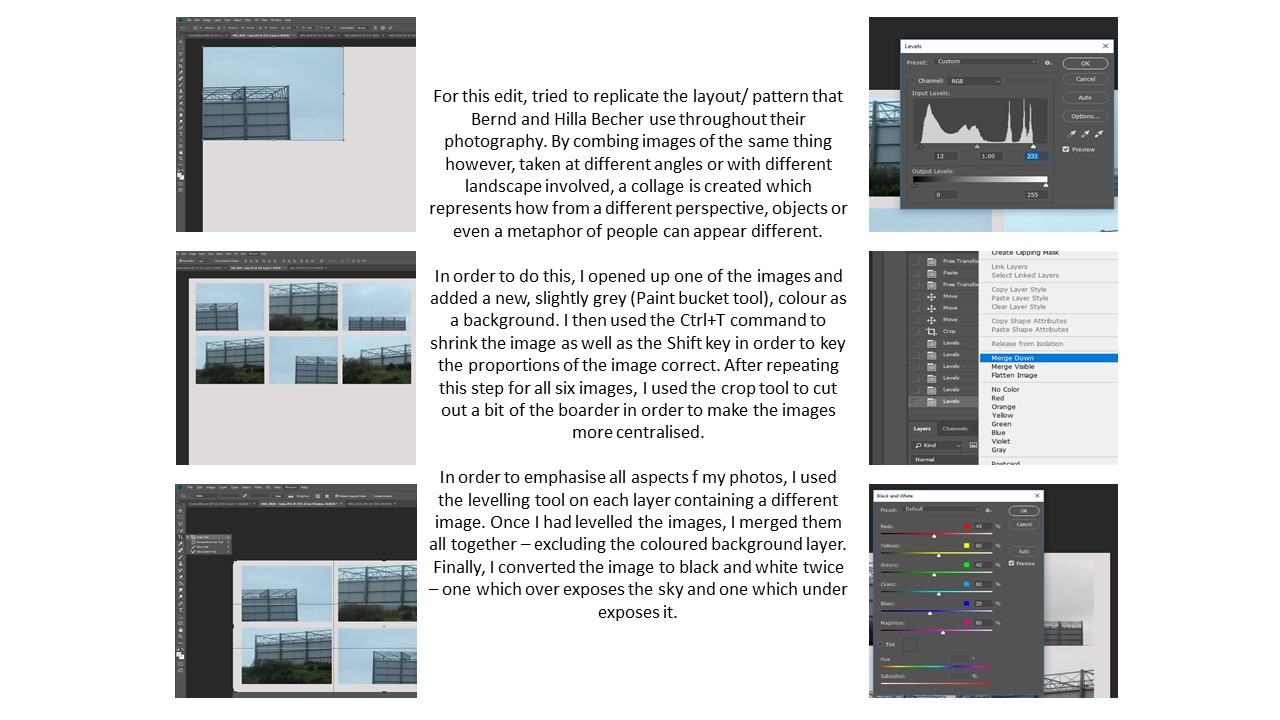

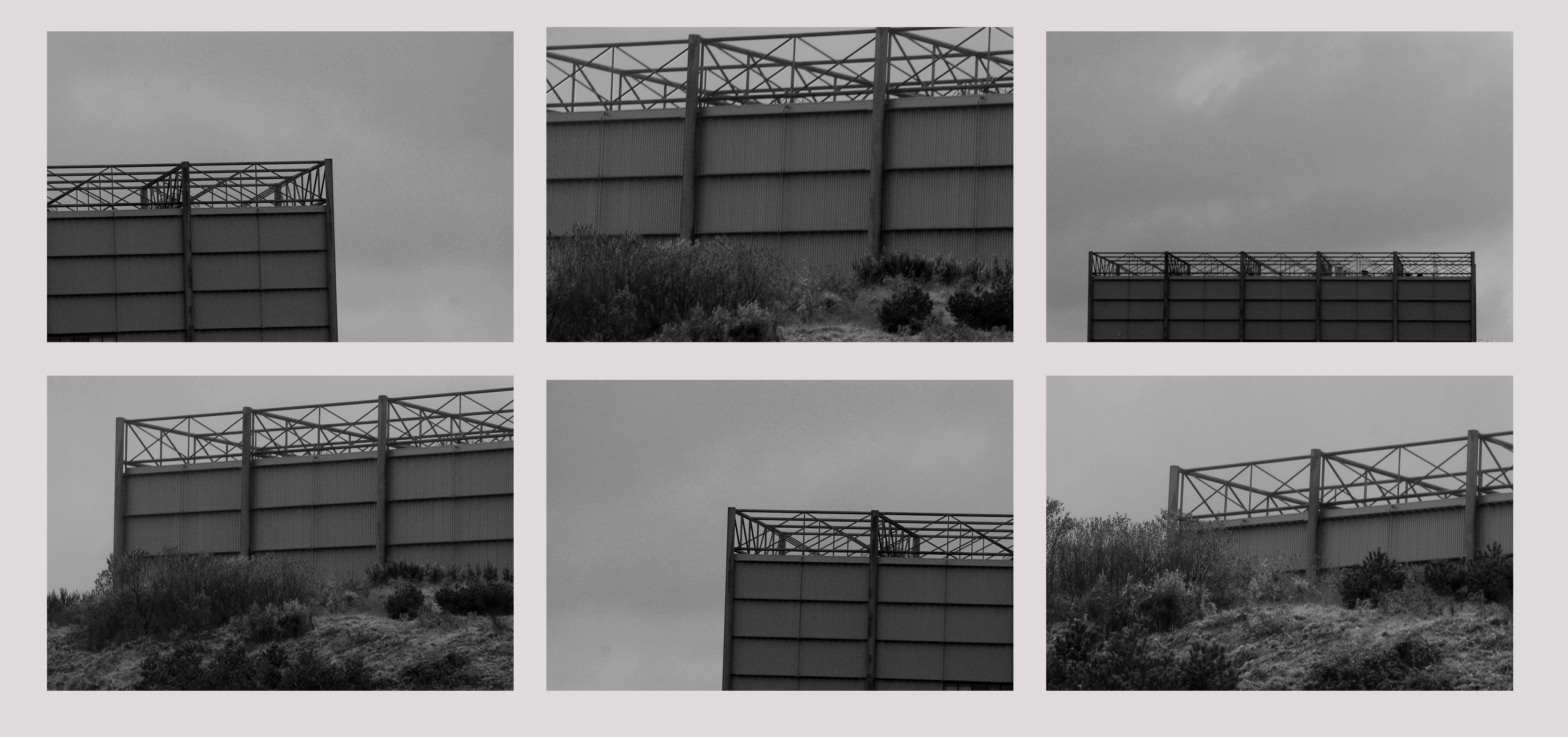

Photoshop 2 –

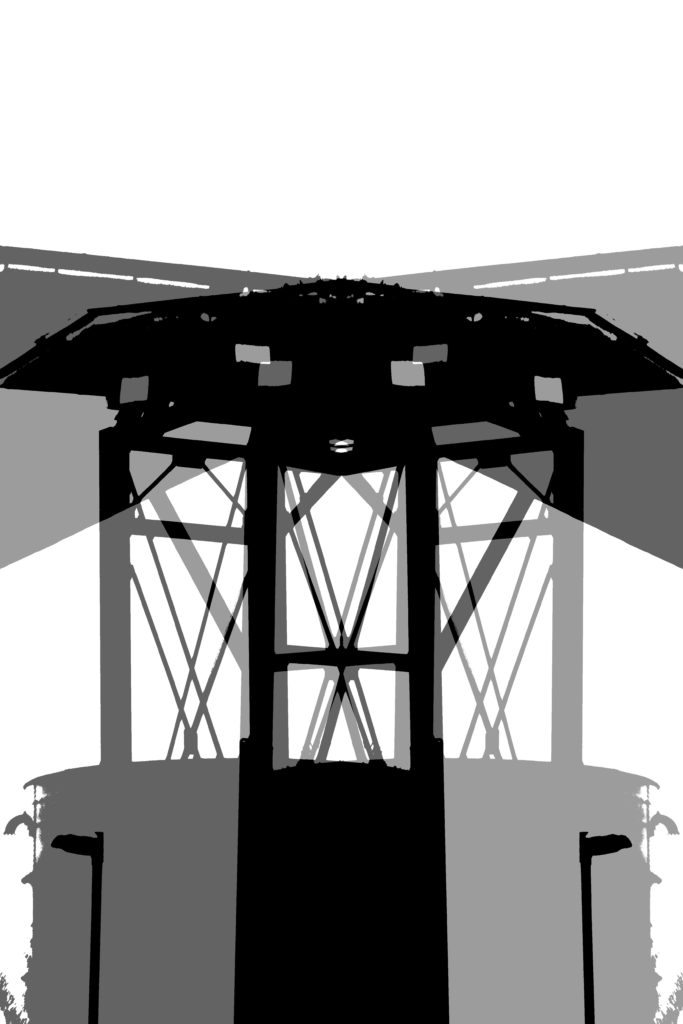
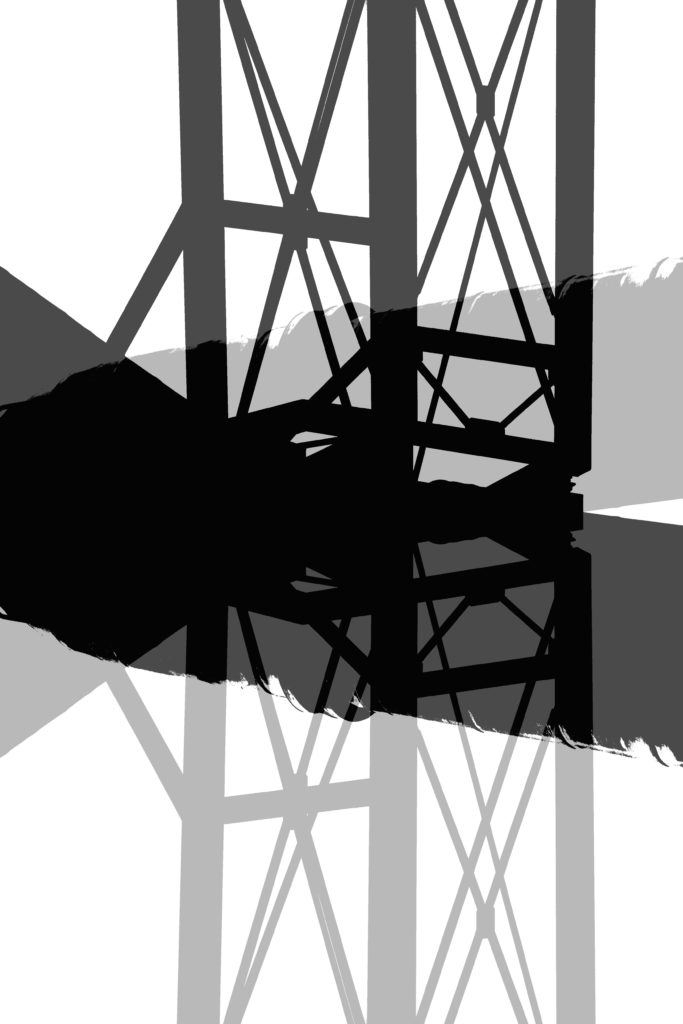


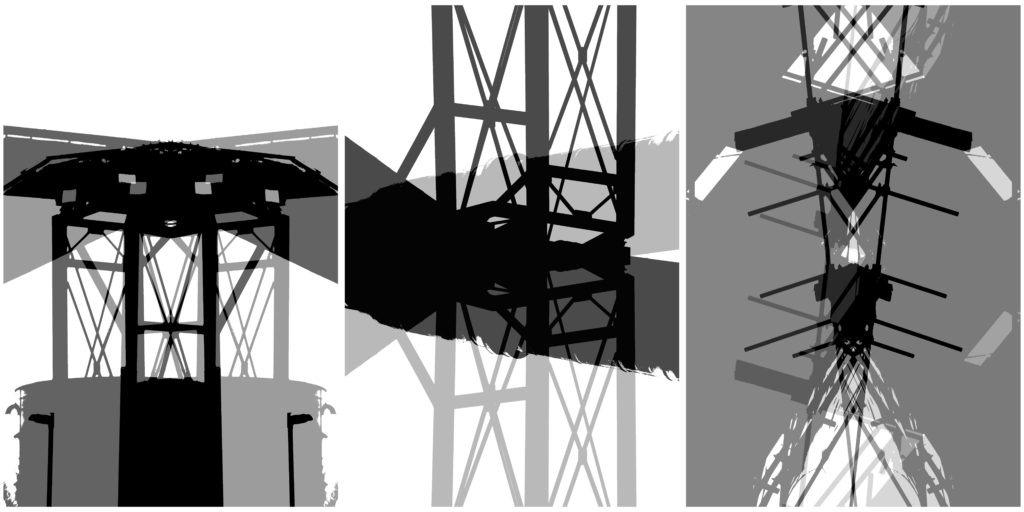
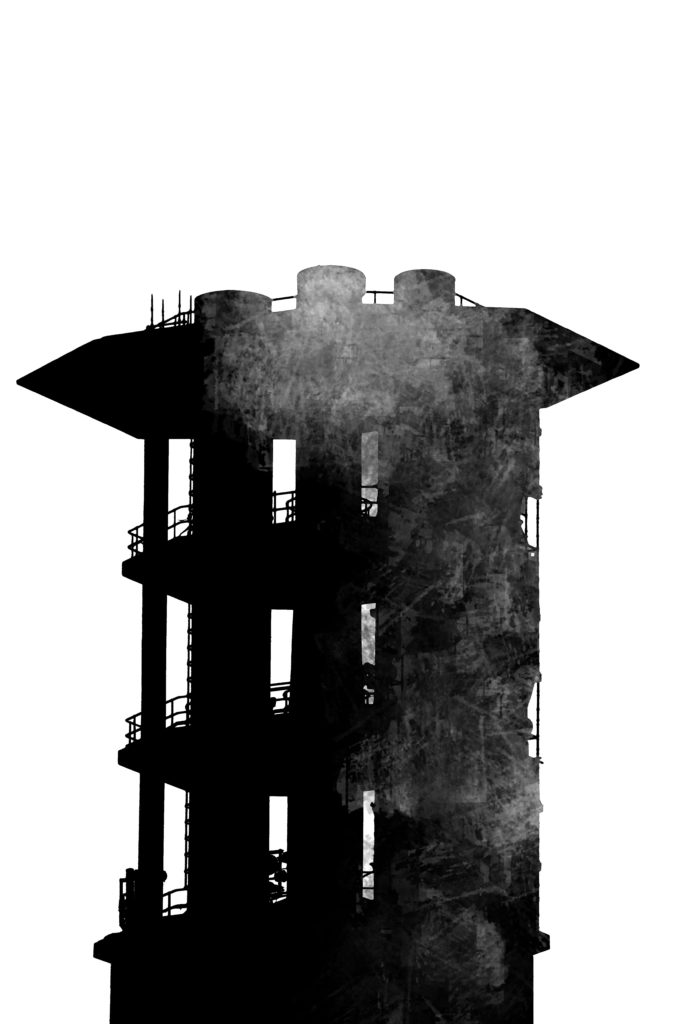
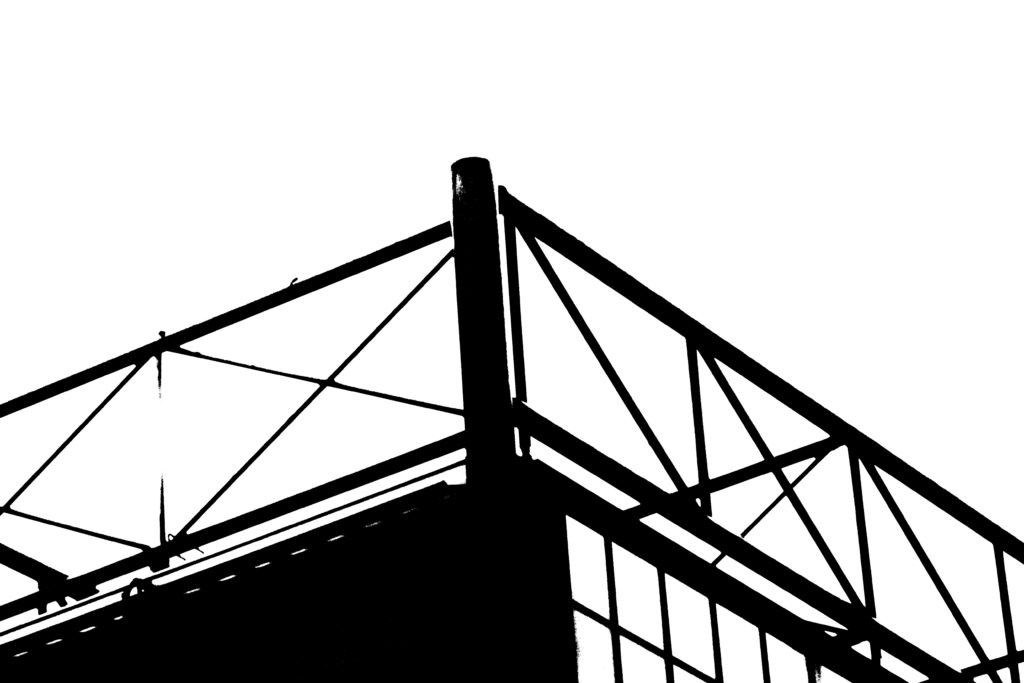
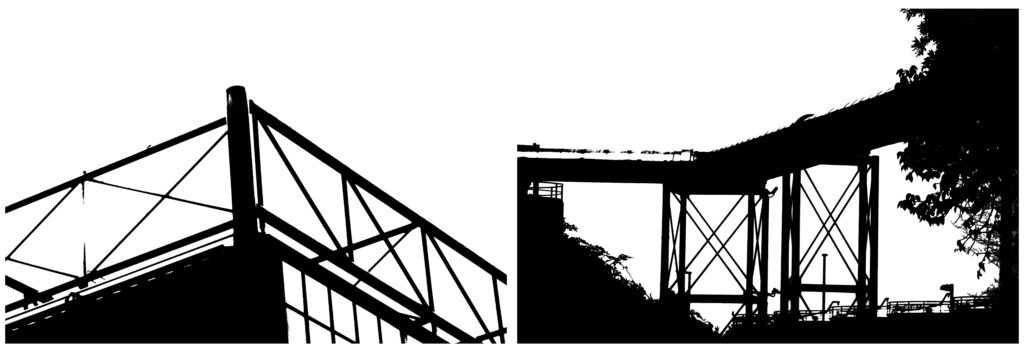
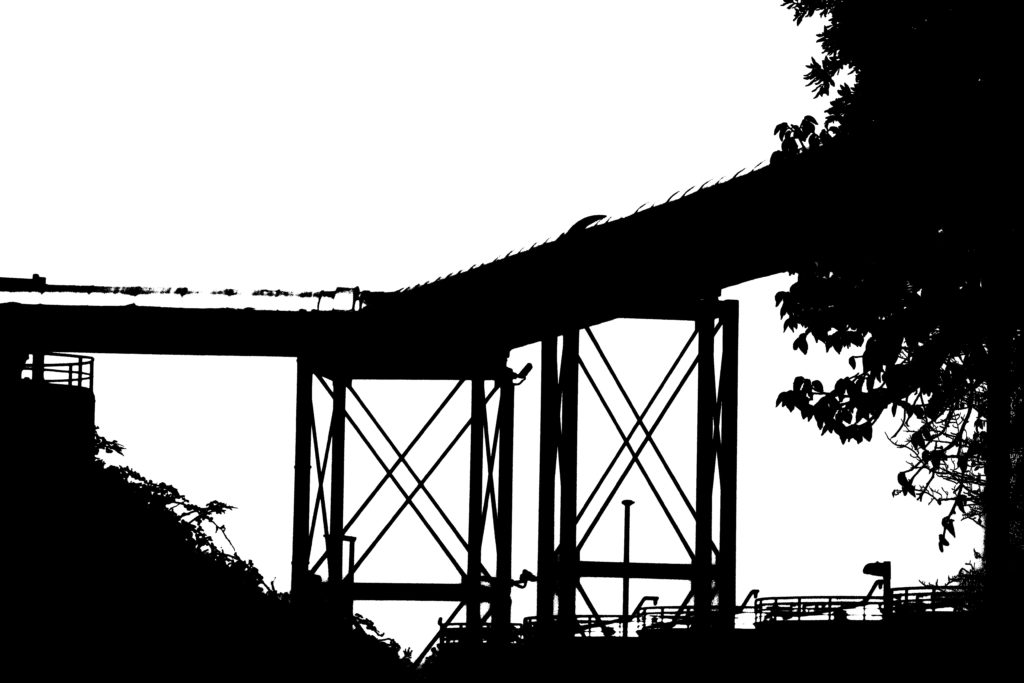


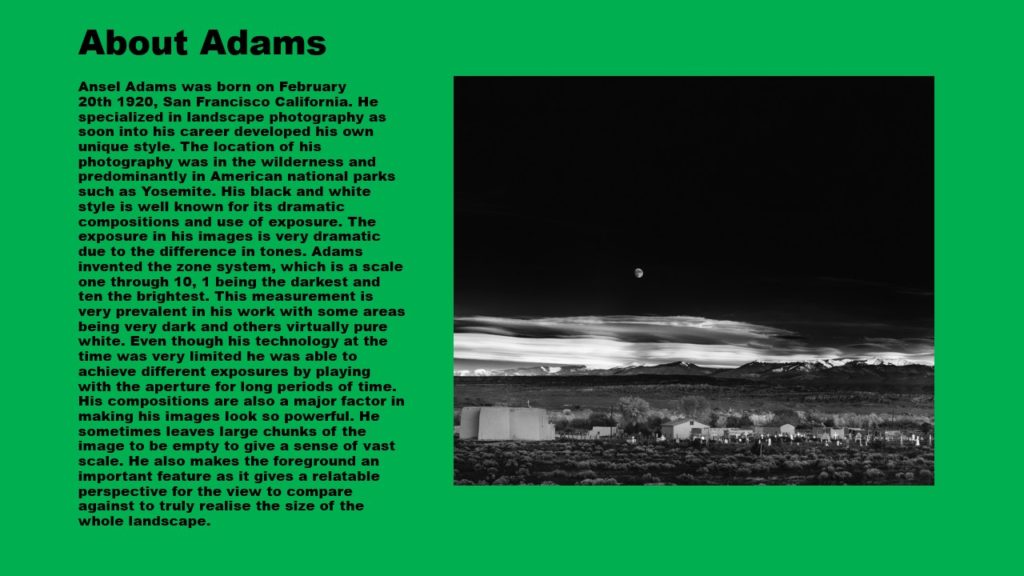
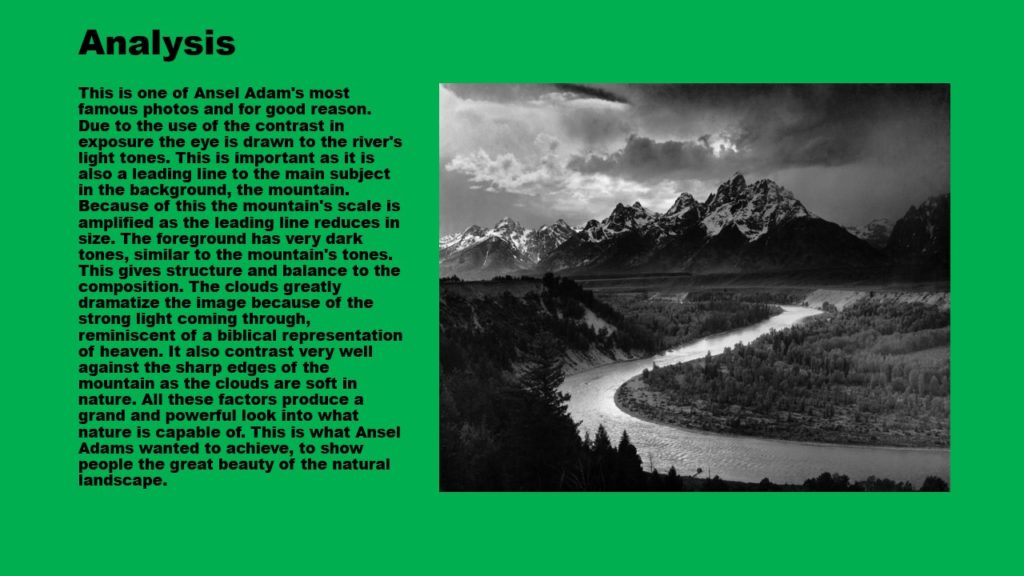
A photographic typology is a study of types, a photographic series that prioritizes collecting rather than stand-alone images. It’s a powerful method of photography that can be used to reshape the way we perceive the world around us.
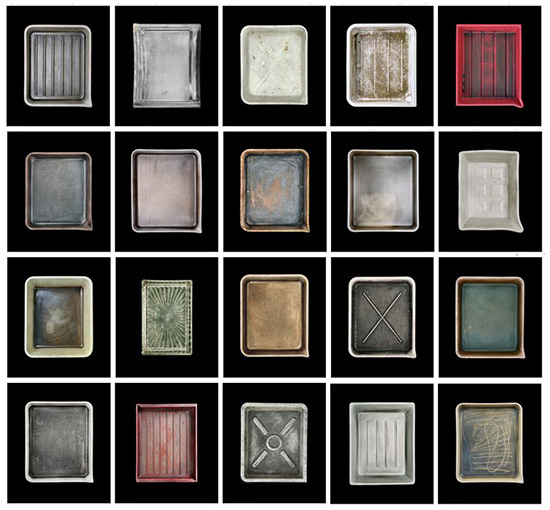
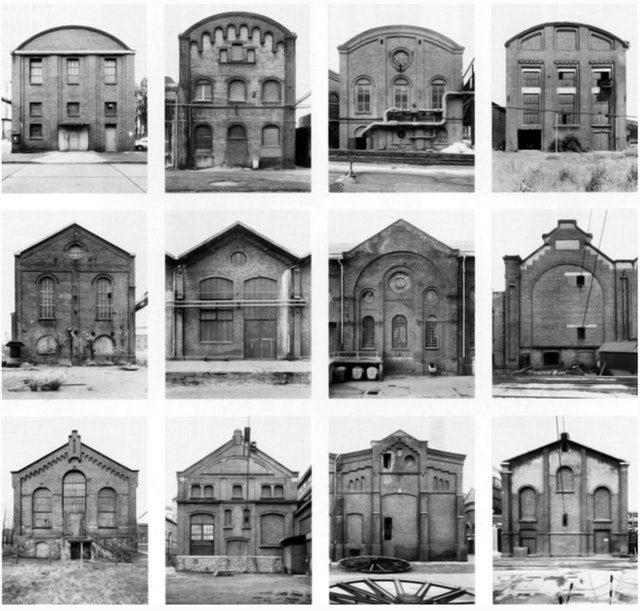

One of the first photographic typological studies was by the German photographer August Sander. Sadly, 40,000 negatives taken for his project ‘the people of the 20th century’ in the 1920s, were destroyed during WWII in a fire. Sanders categorized his portraits according to their profession and social class.

